What’s become of Otl Aicher’s former abode? A visit to the Allgäu.
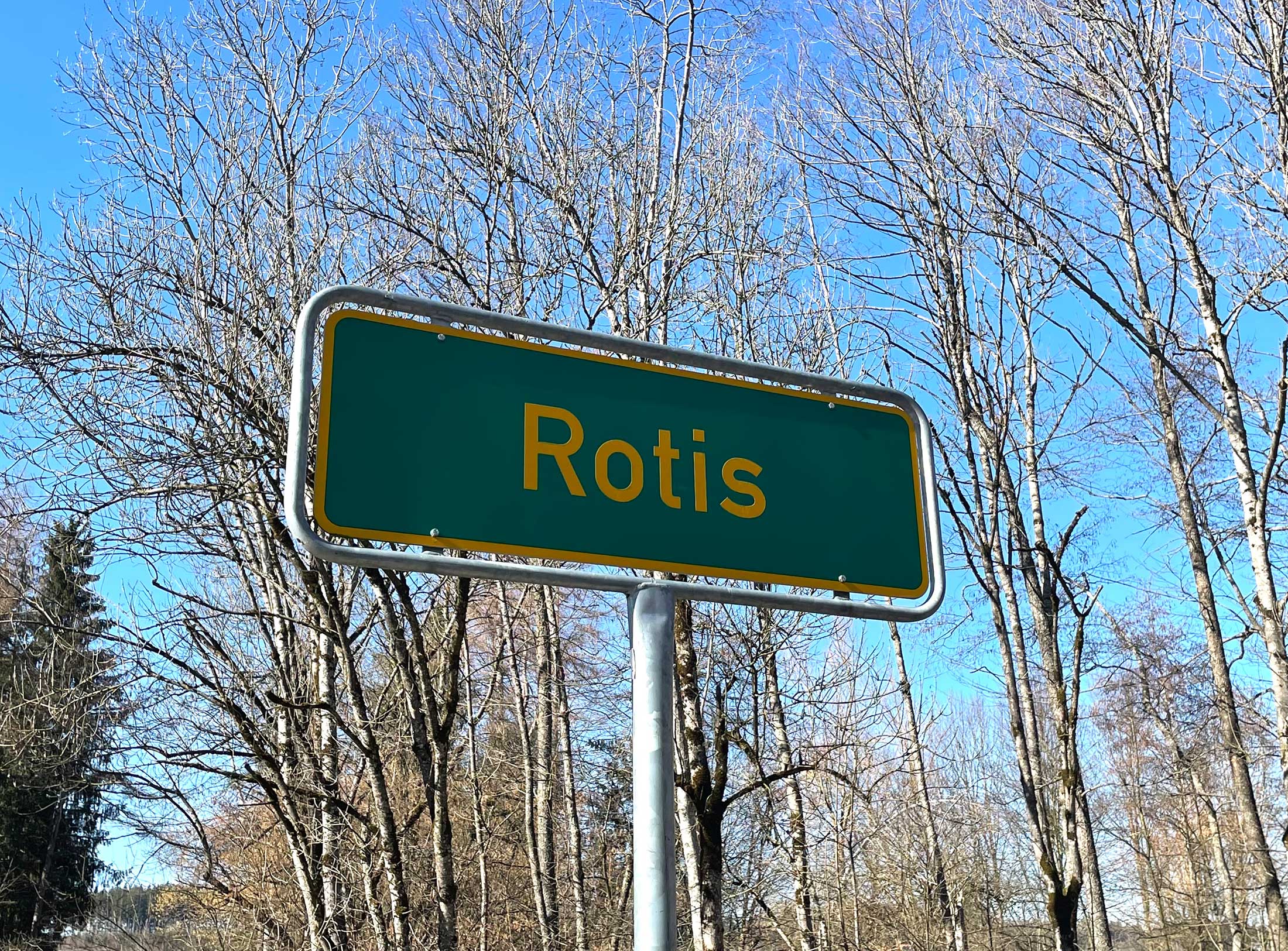

What’s become of Otl Aicher’s former abode? A visit to the Allgäu.
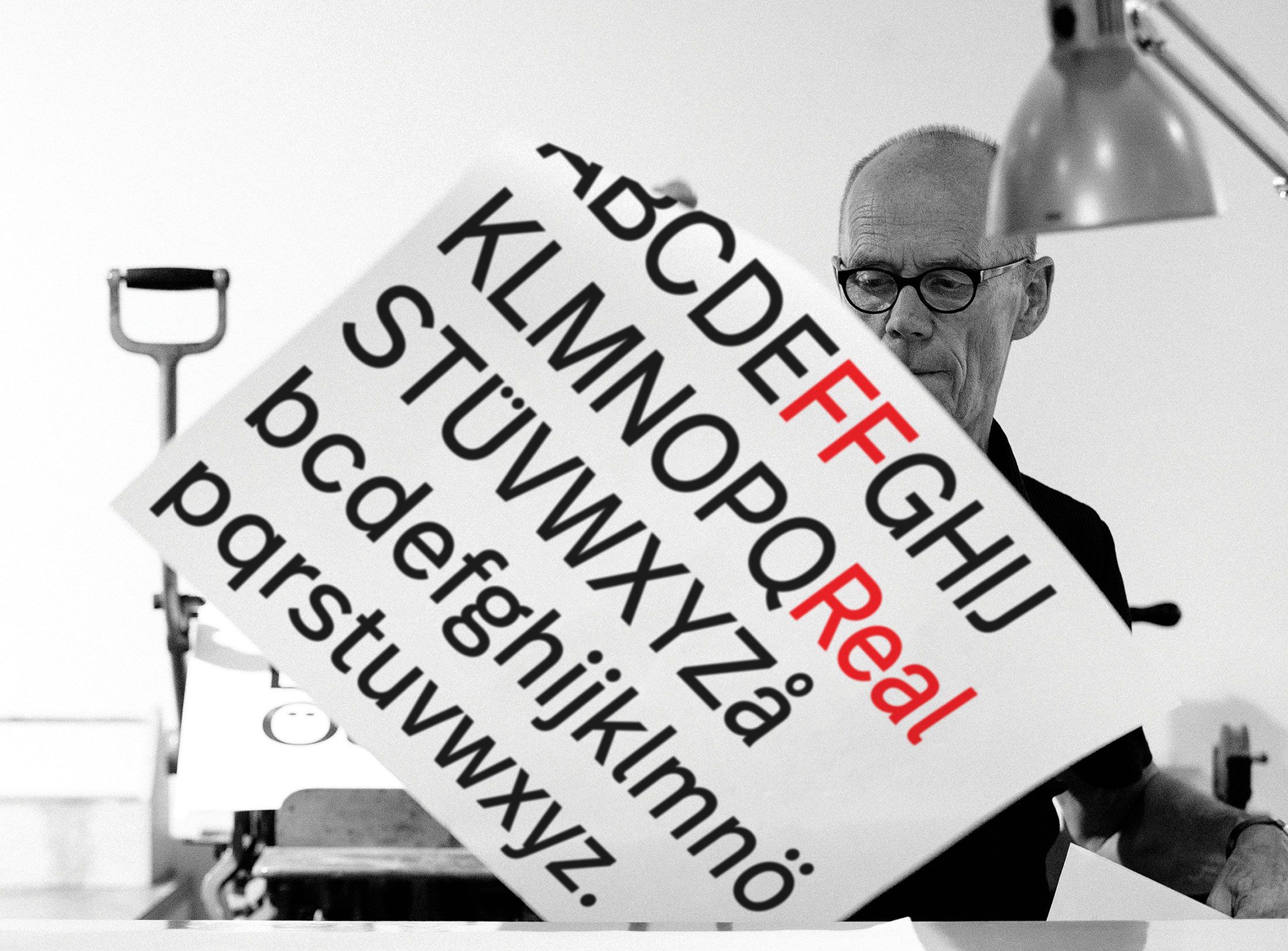
Interviewed: Erik Spiekermann, type designer, author and Aicher critic.
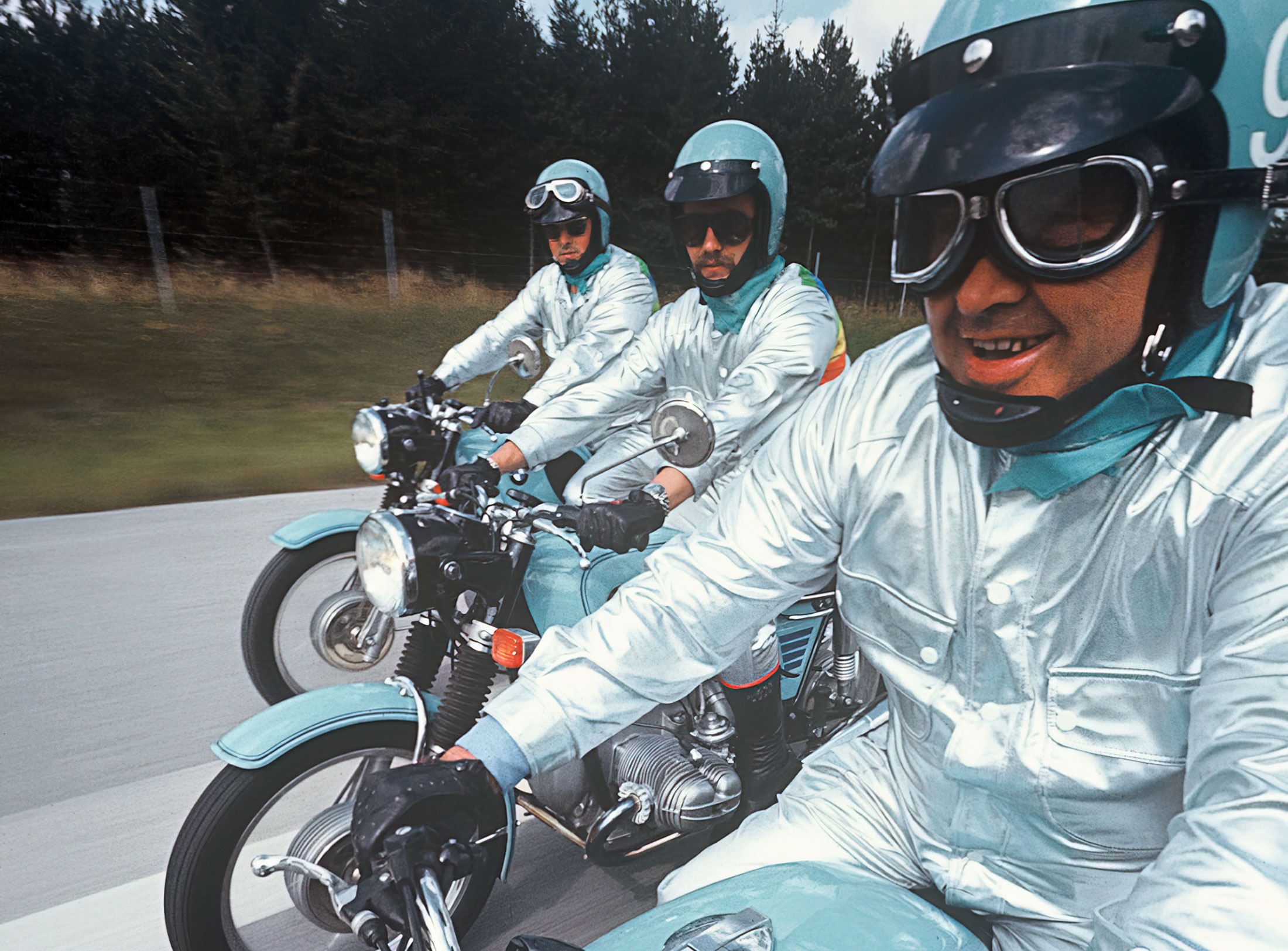
Technology: a central notion and fixed point of perspective in the work of Otl Aicher.
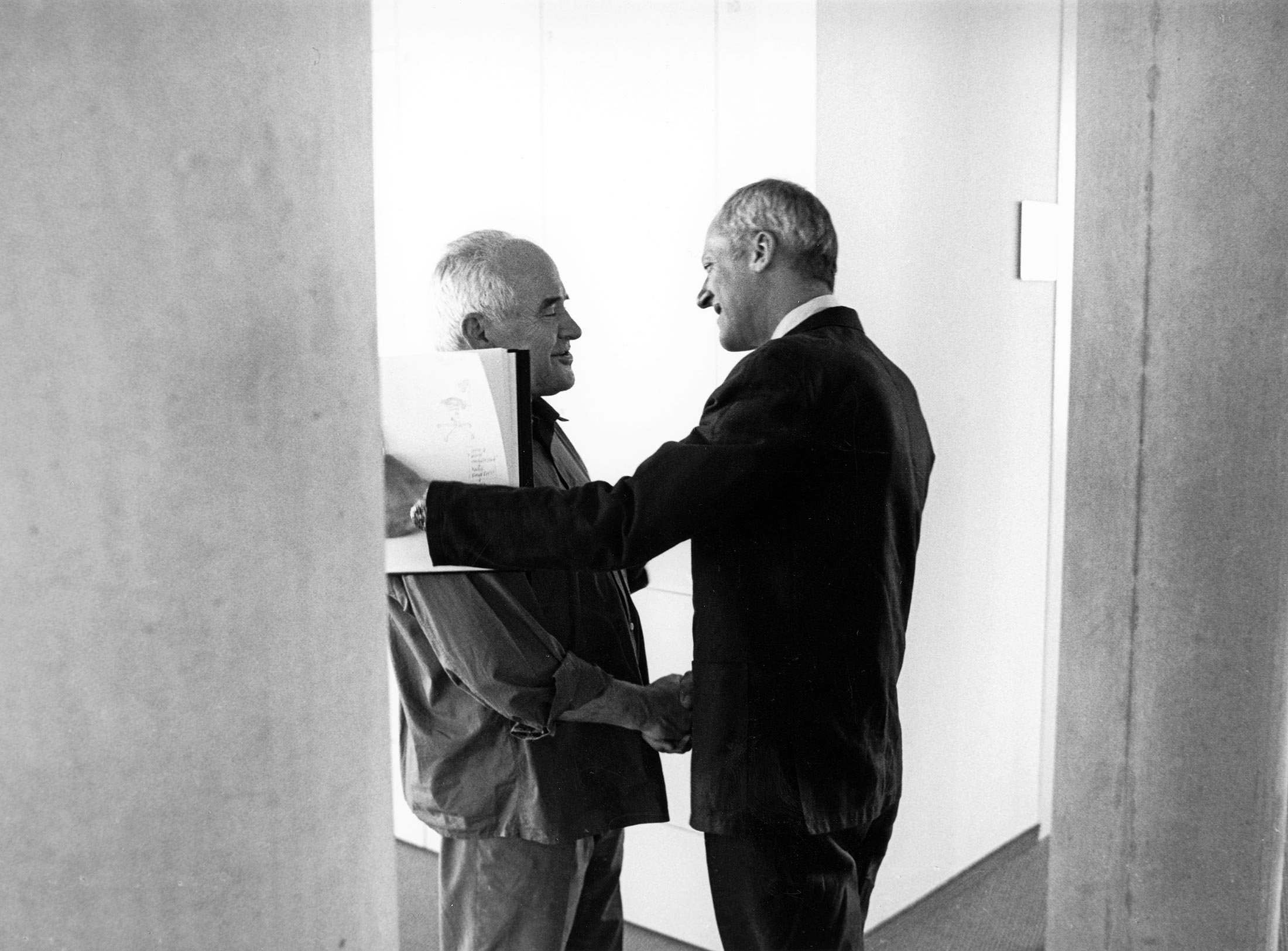
The British architect Norman Foster on his friendship with Otl Aicher: He had absolute integrity.
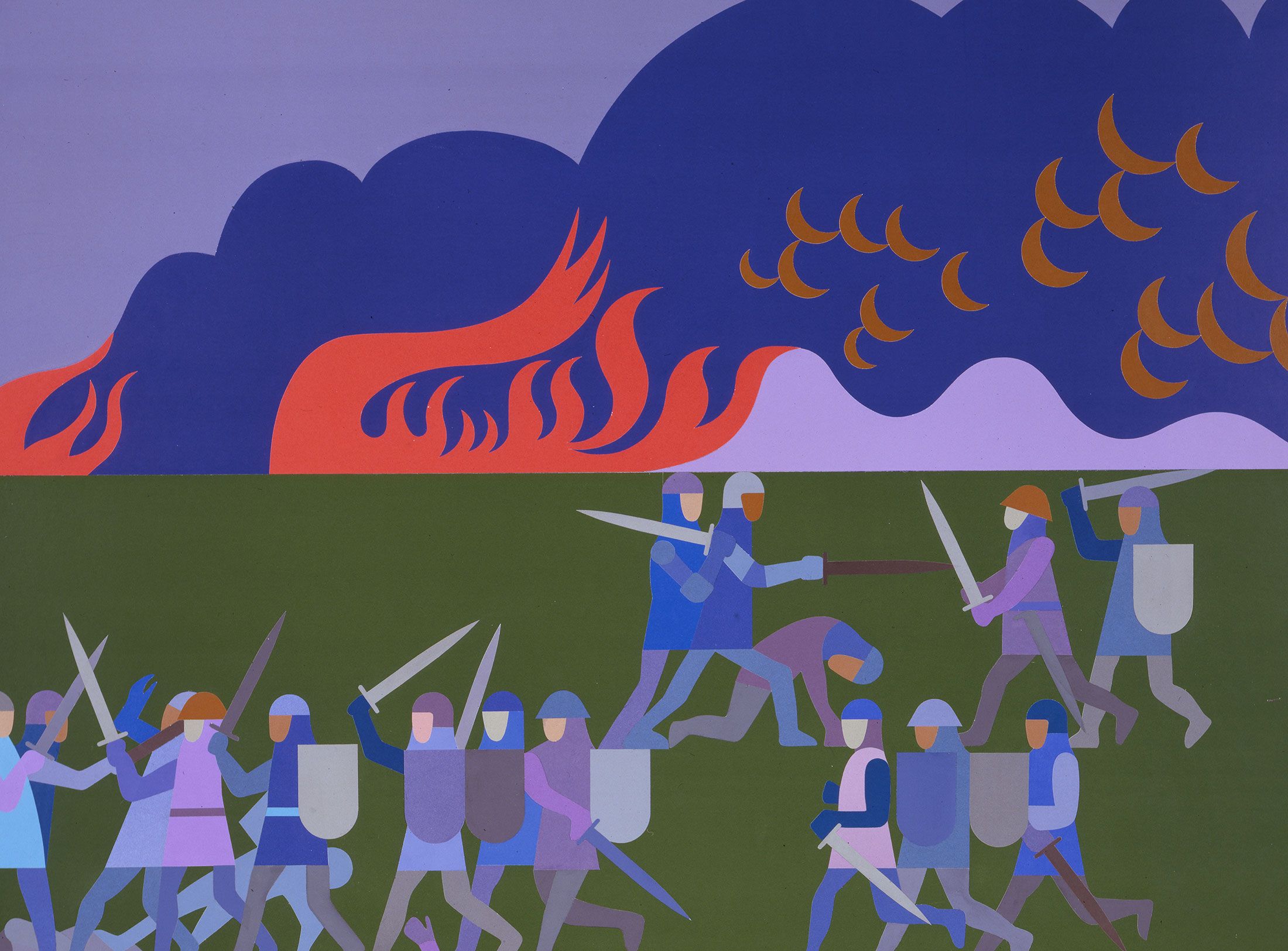
Thoughts on the colour palettes of Otl Aicher.
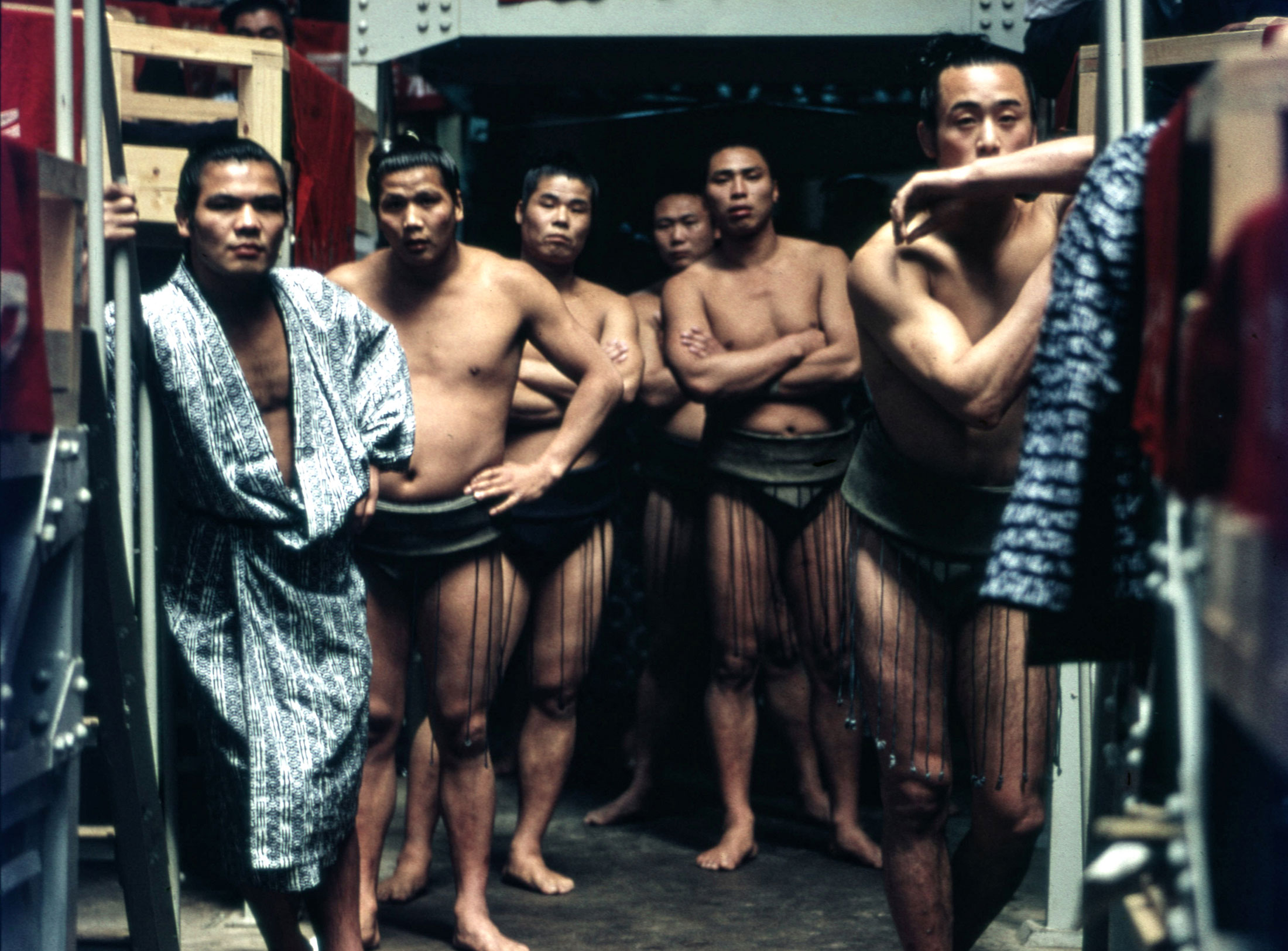
Absolute sharpness, reduction and strict rules determine the character of his pictures: Otl Aicher as photographer.

Under Otl Aicher’s direction, designers, architects and landscape planners shaped the face of the Olympic Games 1972.
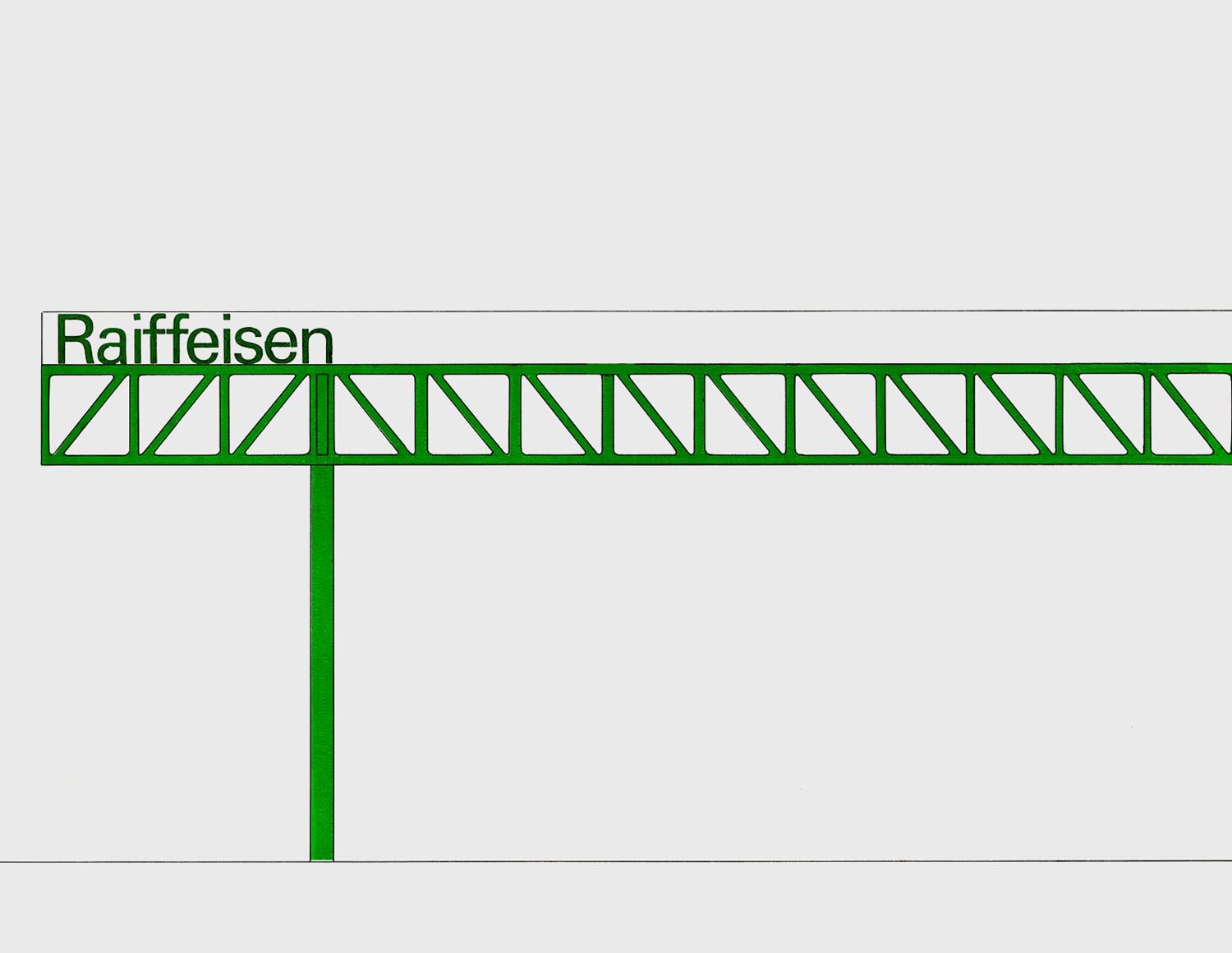
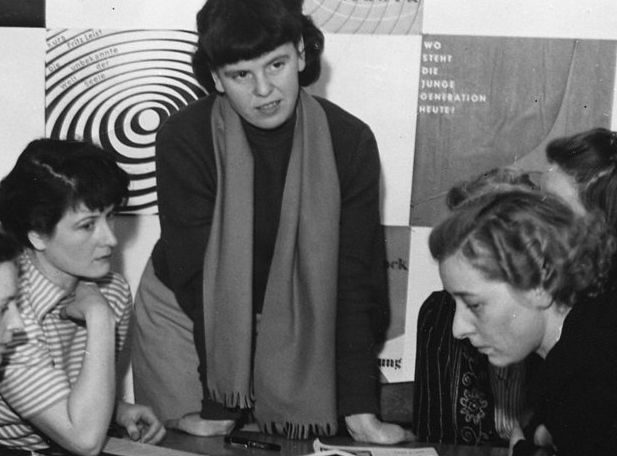
Inge Aicher-Scholl preserved the legacy of the White Rose.
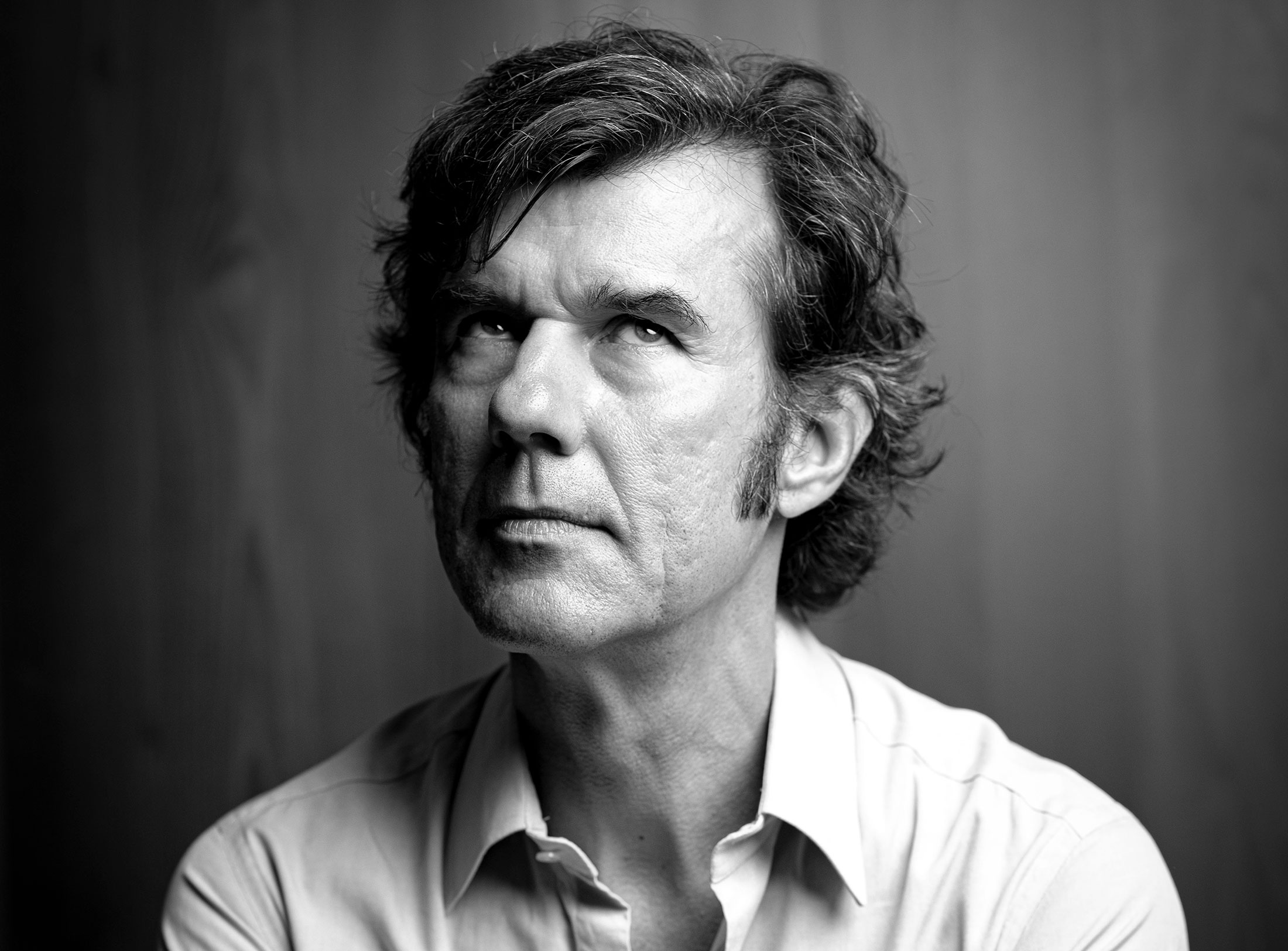
An interview with design icon Stefan Sagmeister about typefaces, beauty and the legacy of Otl Aicher.
The International Design Center Berlin (IDZ) invites you to a slide show and panel talk at Architektur Galerie Berlin on 20 October. Karsten de Riese and Prof. Michael Klar will report on a photo reportage commissioned by BMW that took them to Tunisia in 1975 together...
On the occasion of the 50th anniversary of the 1972 Olympic Games, the IDZ invites you to a discussion on the vision of the Munich Games and the status quo as well as the future of the Olympic movement on 26 August. The event at Berlin’s Akademie der Künste on Pariser...
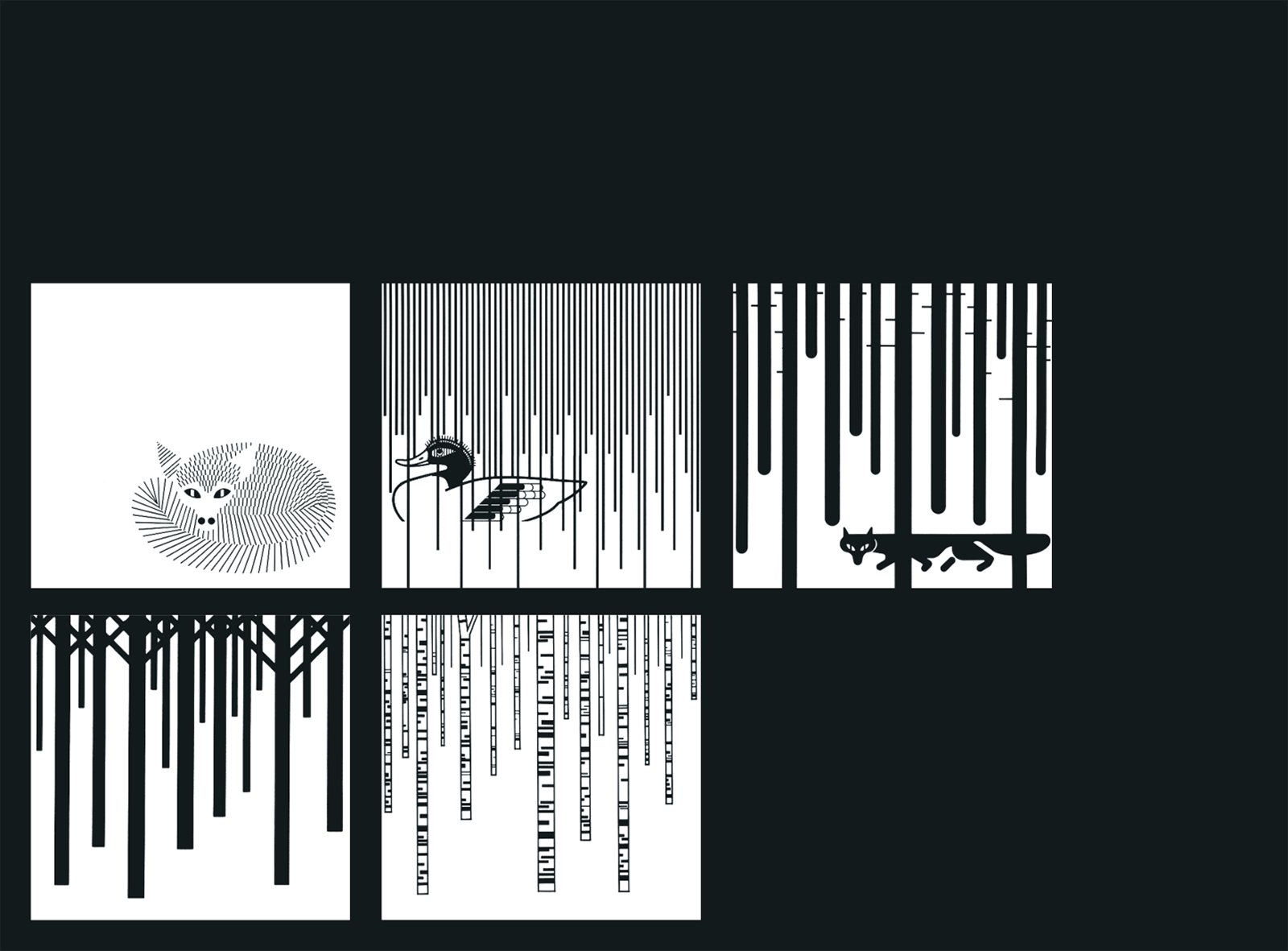
Isny im Allgäu owes Otl Aicher a corporate design that is concise, bold and singular.
With a retrospective of Otl Aicher’s book “kritik am auto – schwierige verteidigung des autos gegen seine anbeter” (Criticism of the Car – Difficult Defence of the Car against its Worshippers) published in 1984, the IDZ continues its series of events on the “otl...
Today marks the centenary of Otl Aicher’s birth. The International Design Center Berlin (IDZ) is taking this date as an opportunity to pay tribute to this great designer. With otlaicher100.de, a new online platform is being launched – a curated space that provides...
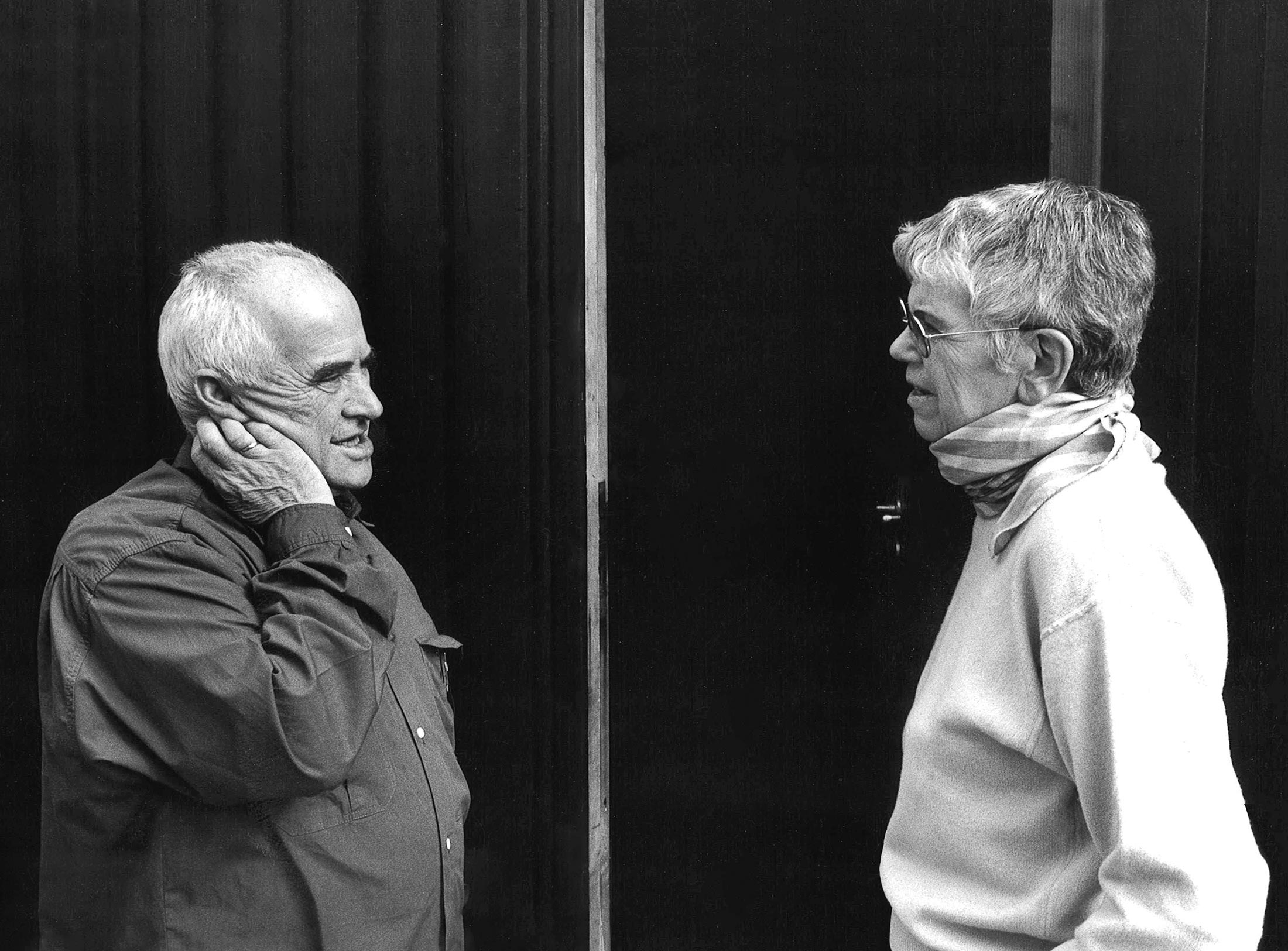
Reflections on Inge Aicher-Scholl and Otl Aicher.
The International Design Center Berlin (IDZ) is taking Otl Aicher’s centenary as an opportunity to pay tribute to this great designer and to make his work visible. An online platform and a series of events will address Otl Aicher’s multifaceted cosmos of topics and...
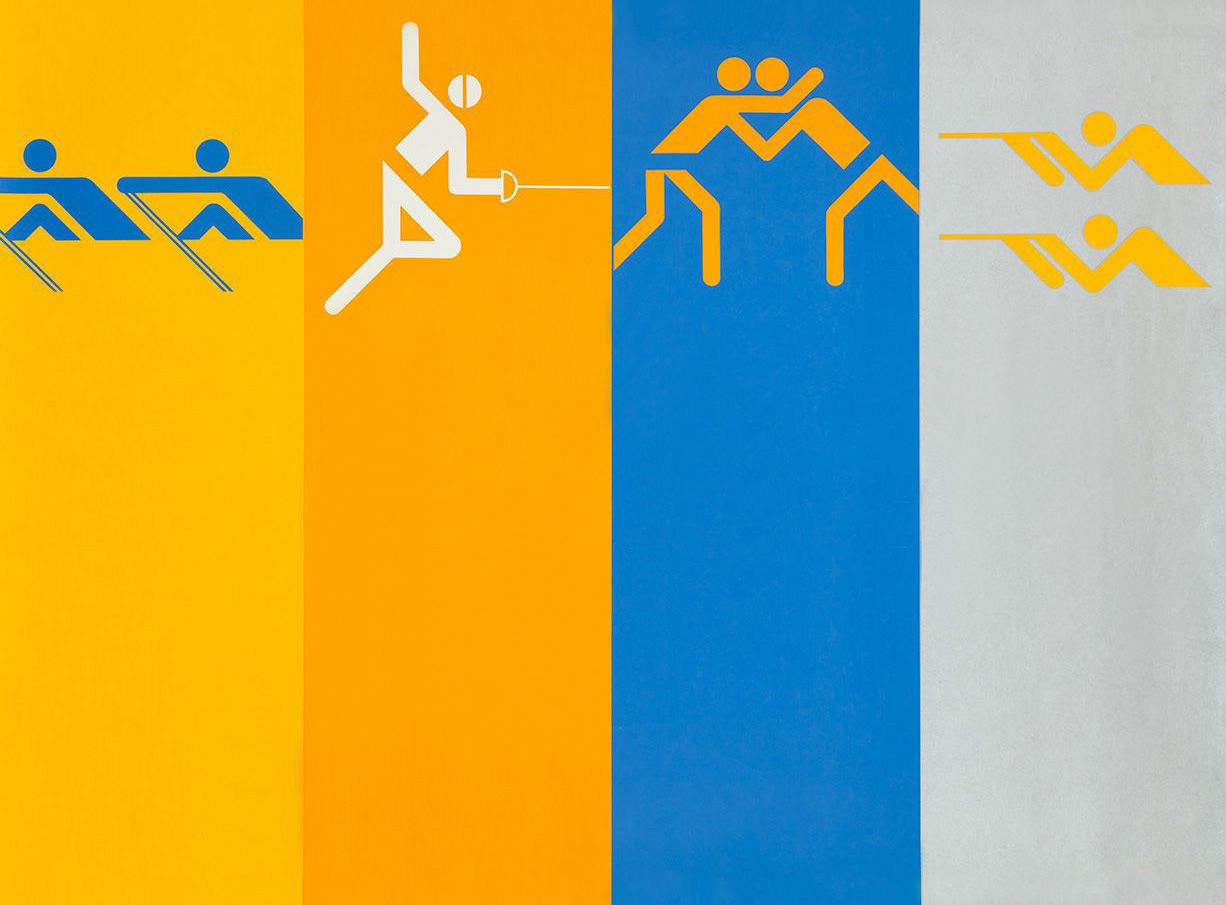
Eine Stadt leuchtet: Mit seinem farbenfrohen Erscheinungsbild der XX. Olympischen Sommerspiele 1972 setzte Otl Aicher ein Signal. Die junge Bundesrepublik war in der Moderne angekommen.
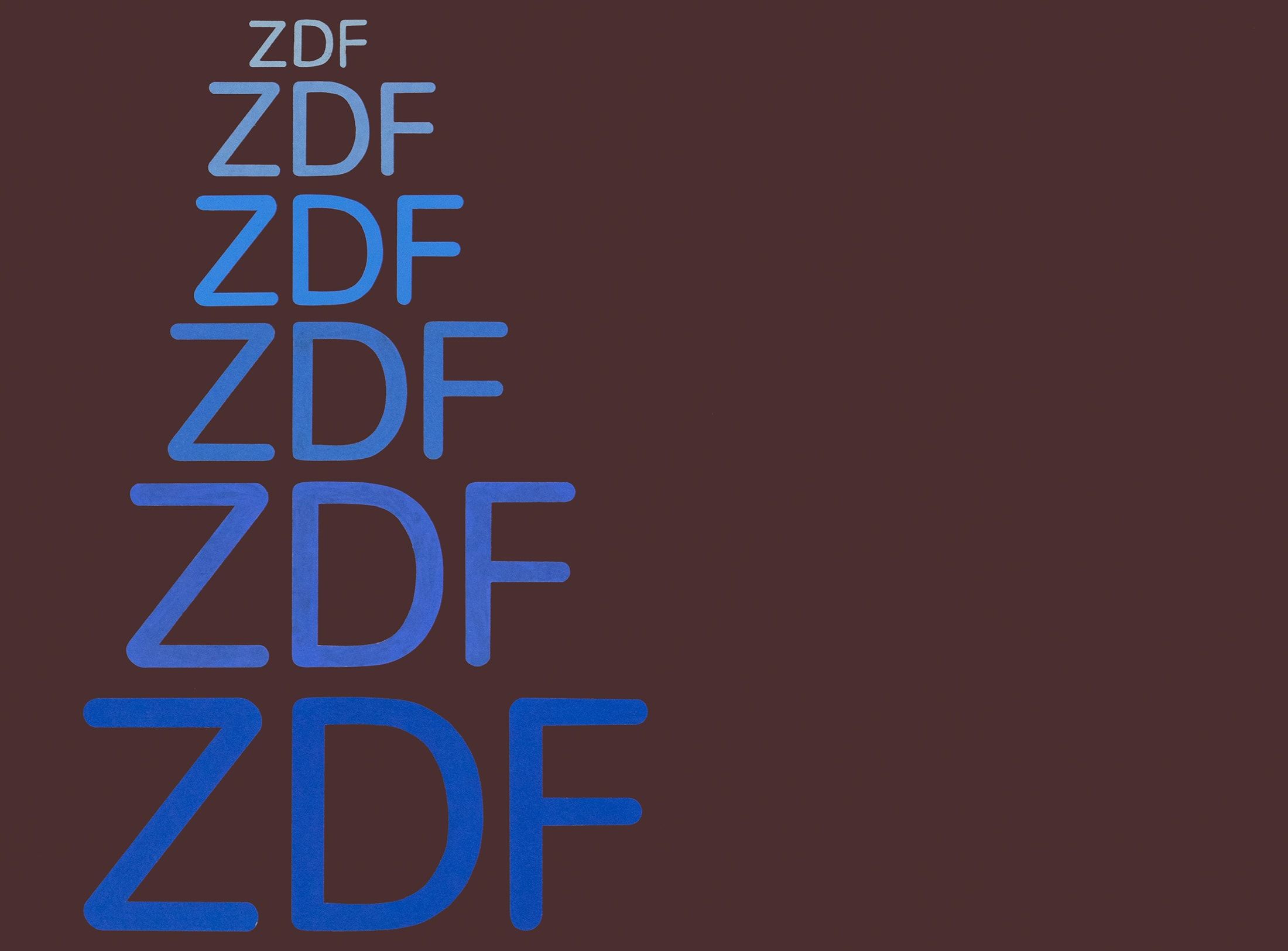
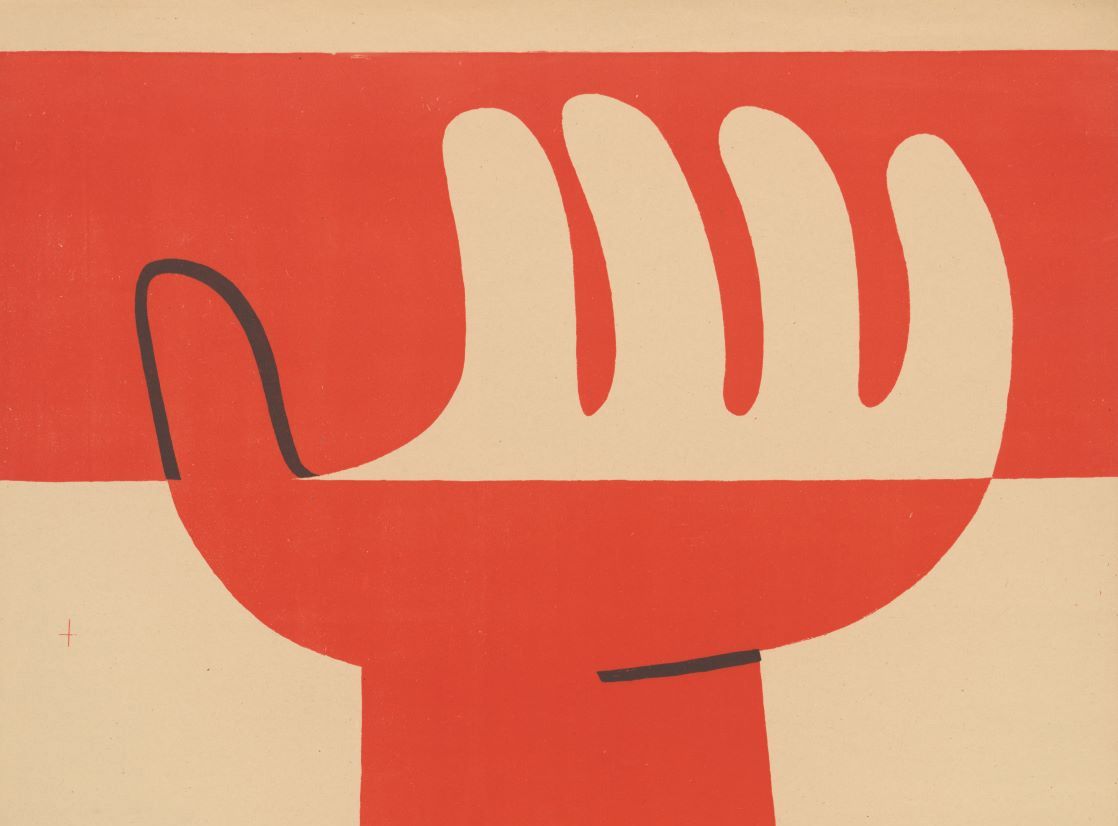
Otl Aicher’s Poster displays for the Ulmer Volkshochschule (Ulm Adult Education Centre).
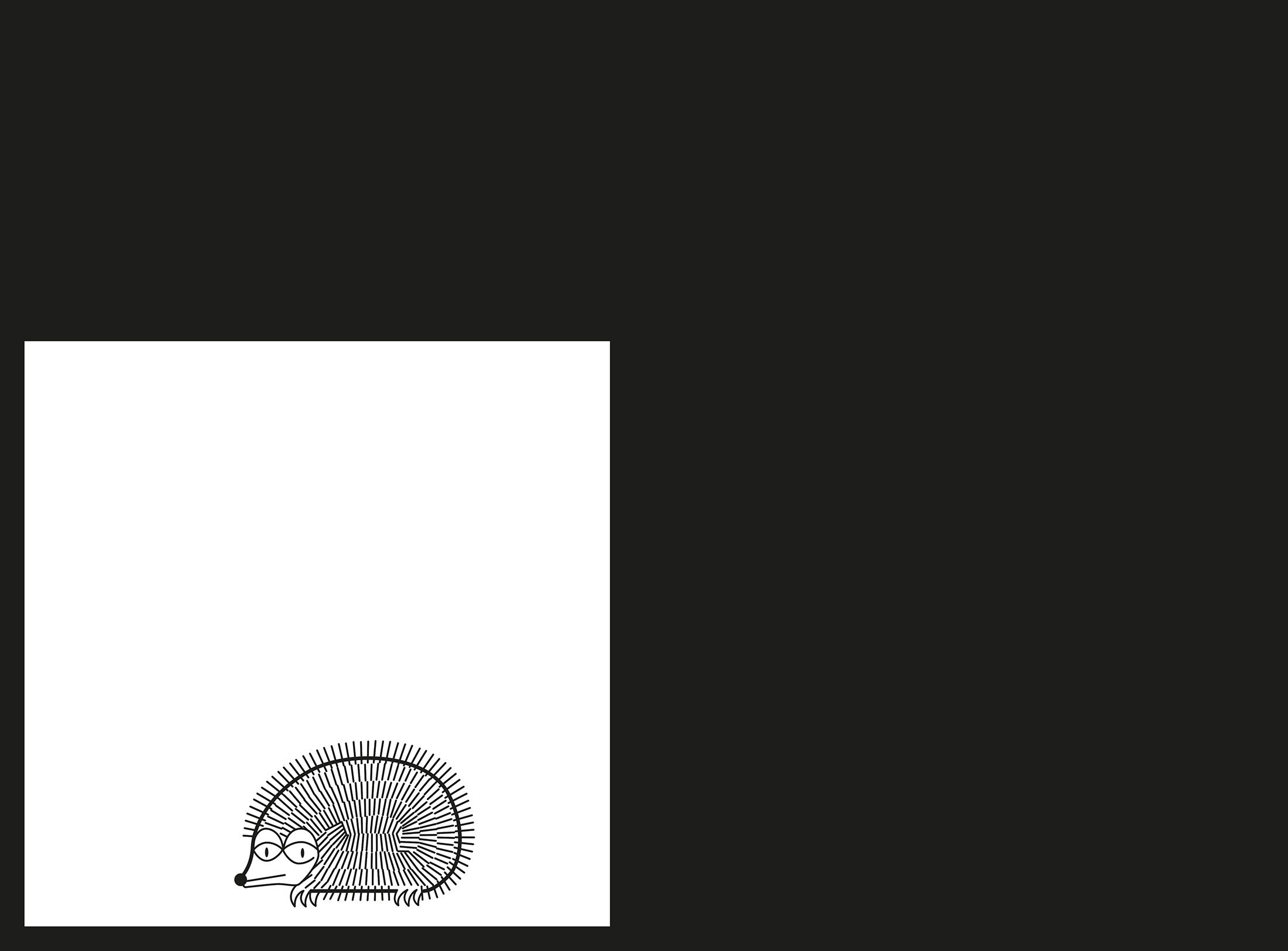
From O to R: Let’s talk about a hedgehog, standardisation and neurotis for a change (please click on the letters).
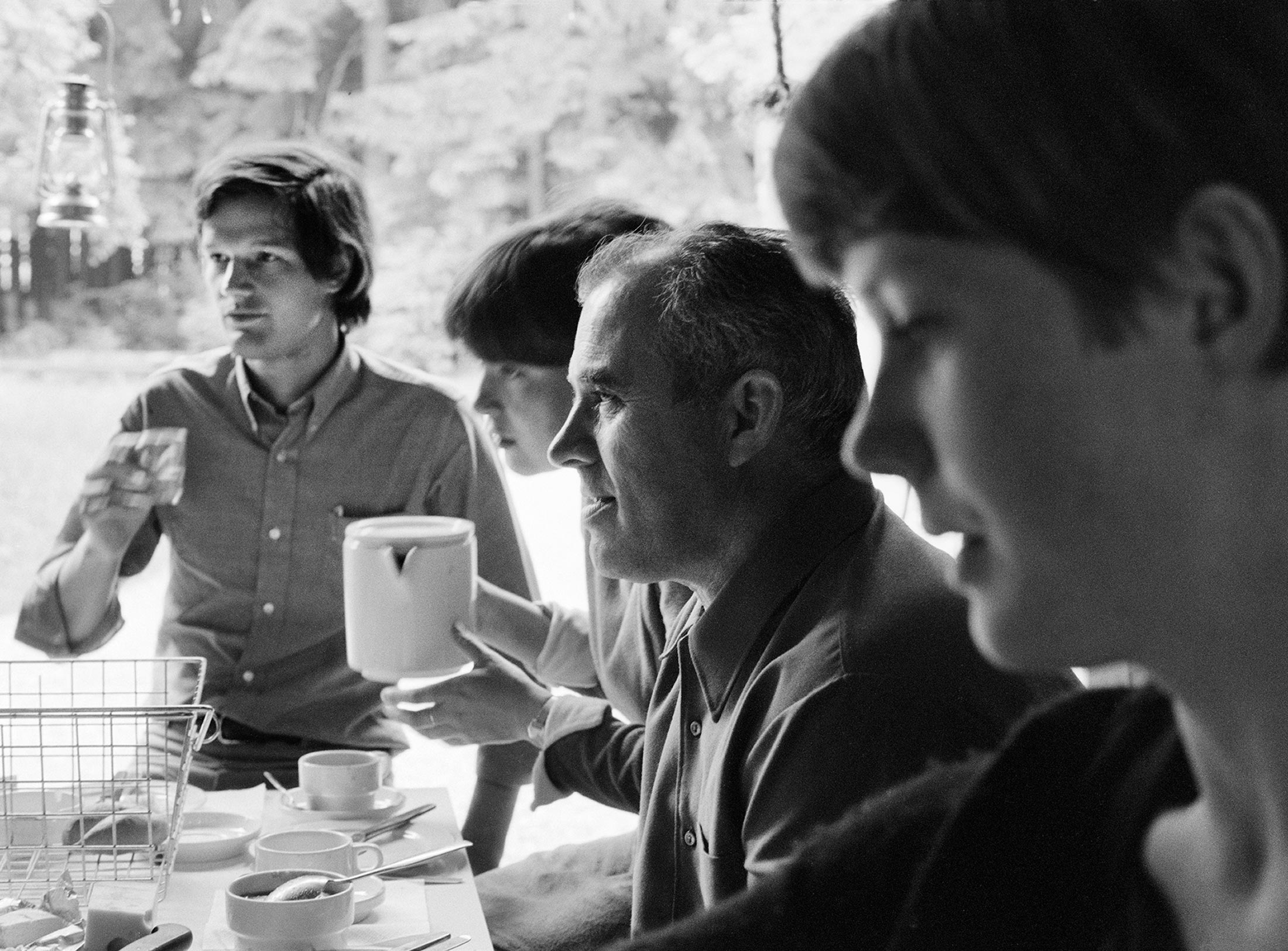
Otl Aicher’s Dept. XI team: the visual identity of the Munich ’72 Olympics was the work of graphic designers, illustrators and technical staff from all over the world.
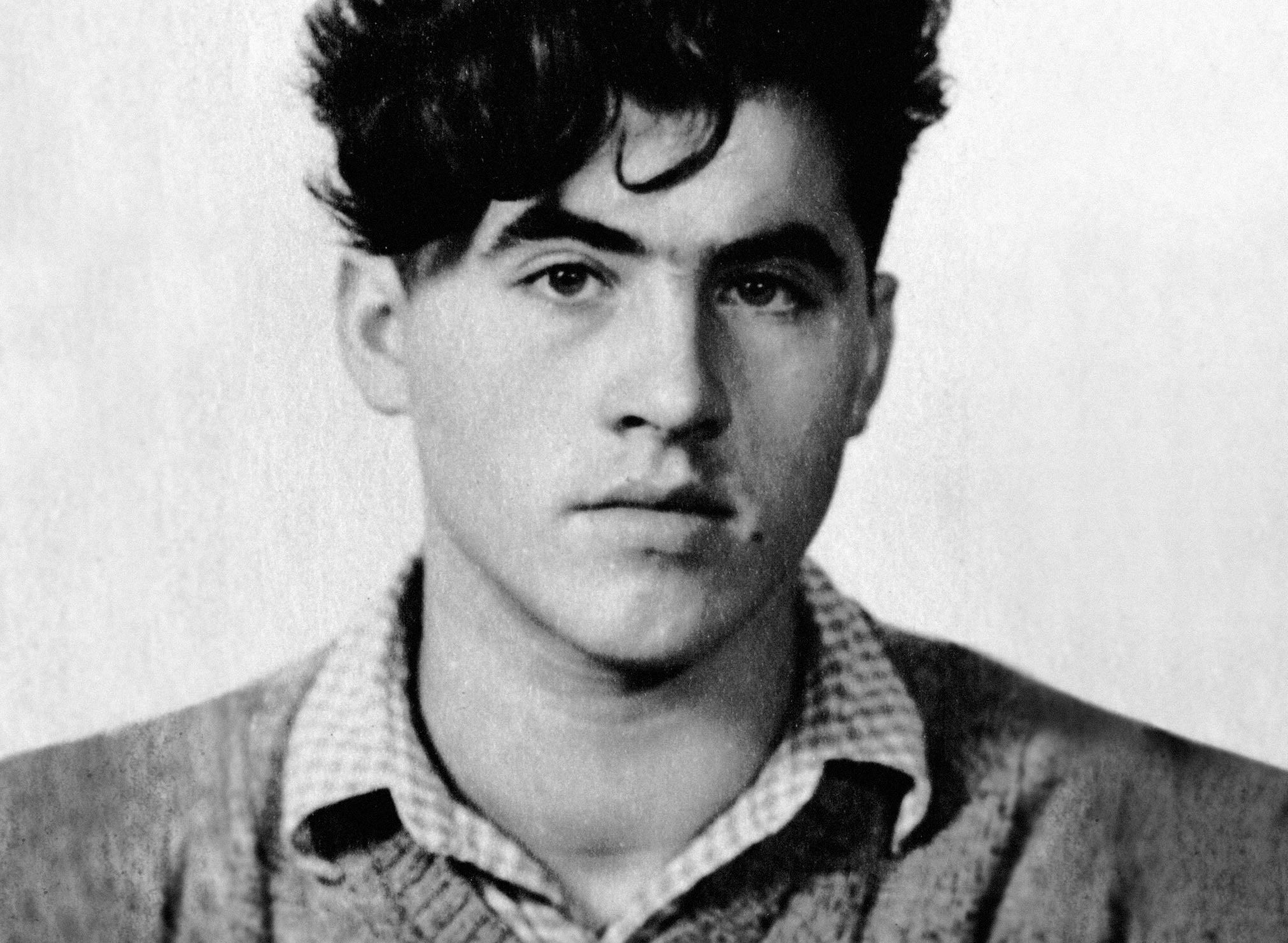
Aicher’s childhood and youth: the years 1922 to 1945.
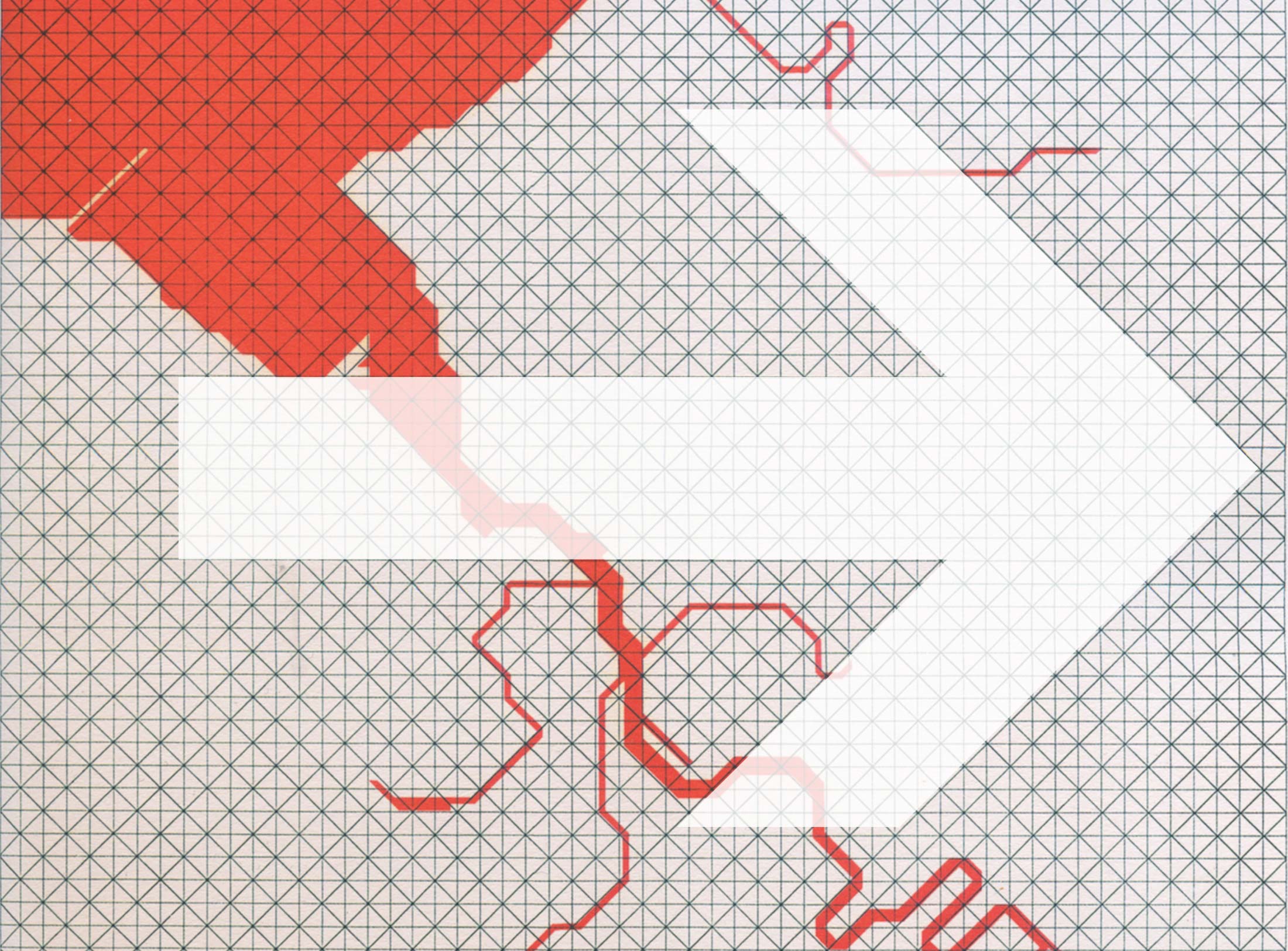
Otl Aicher’s signage systems for airports, metro stations and hospitals are considered exemplary to this day.
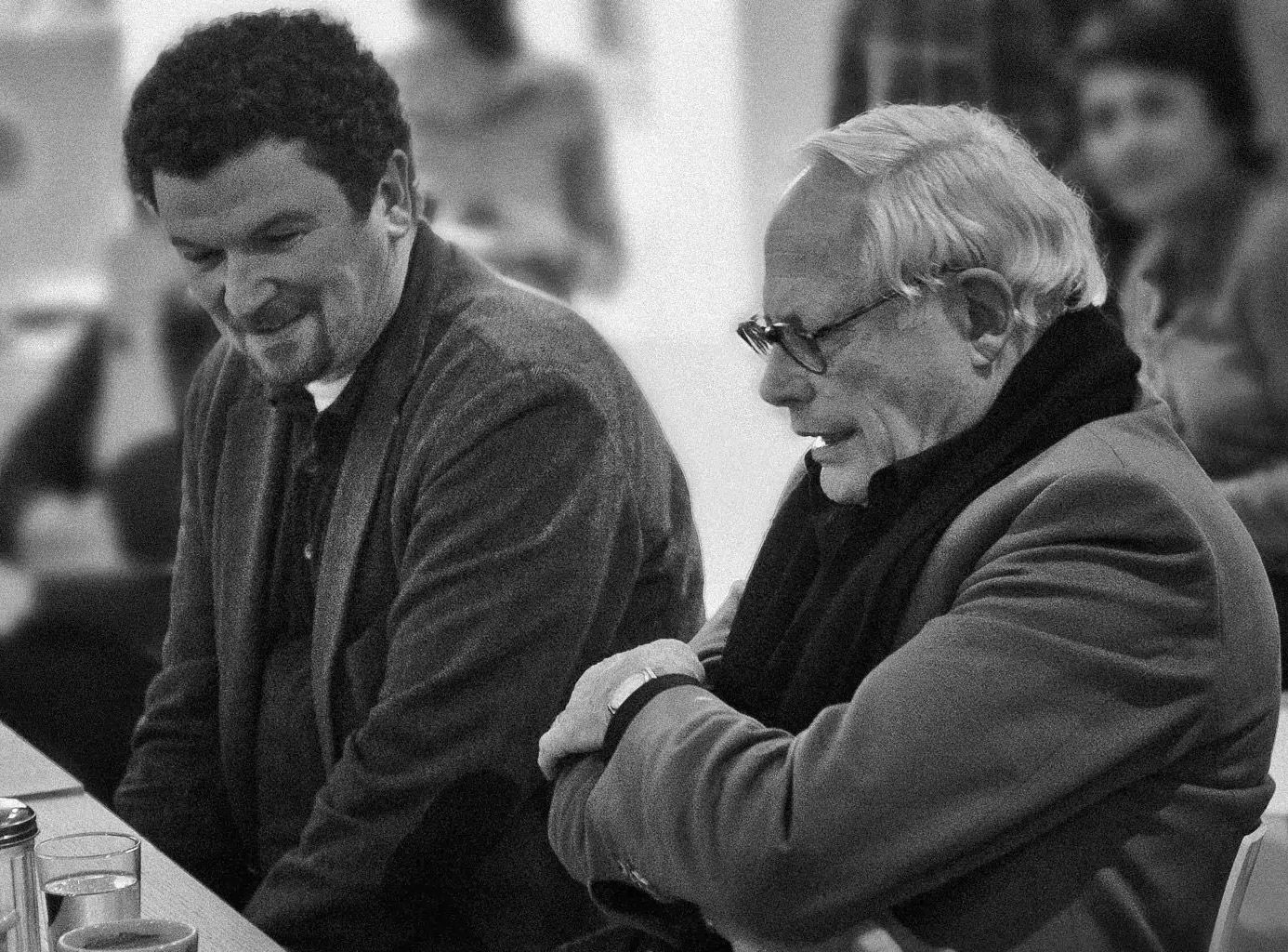
Der einstige Braun-Chef-Designer im Gespräch über den Co-Gründer der HfG.
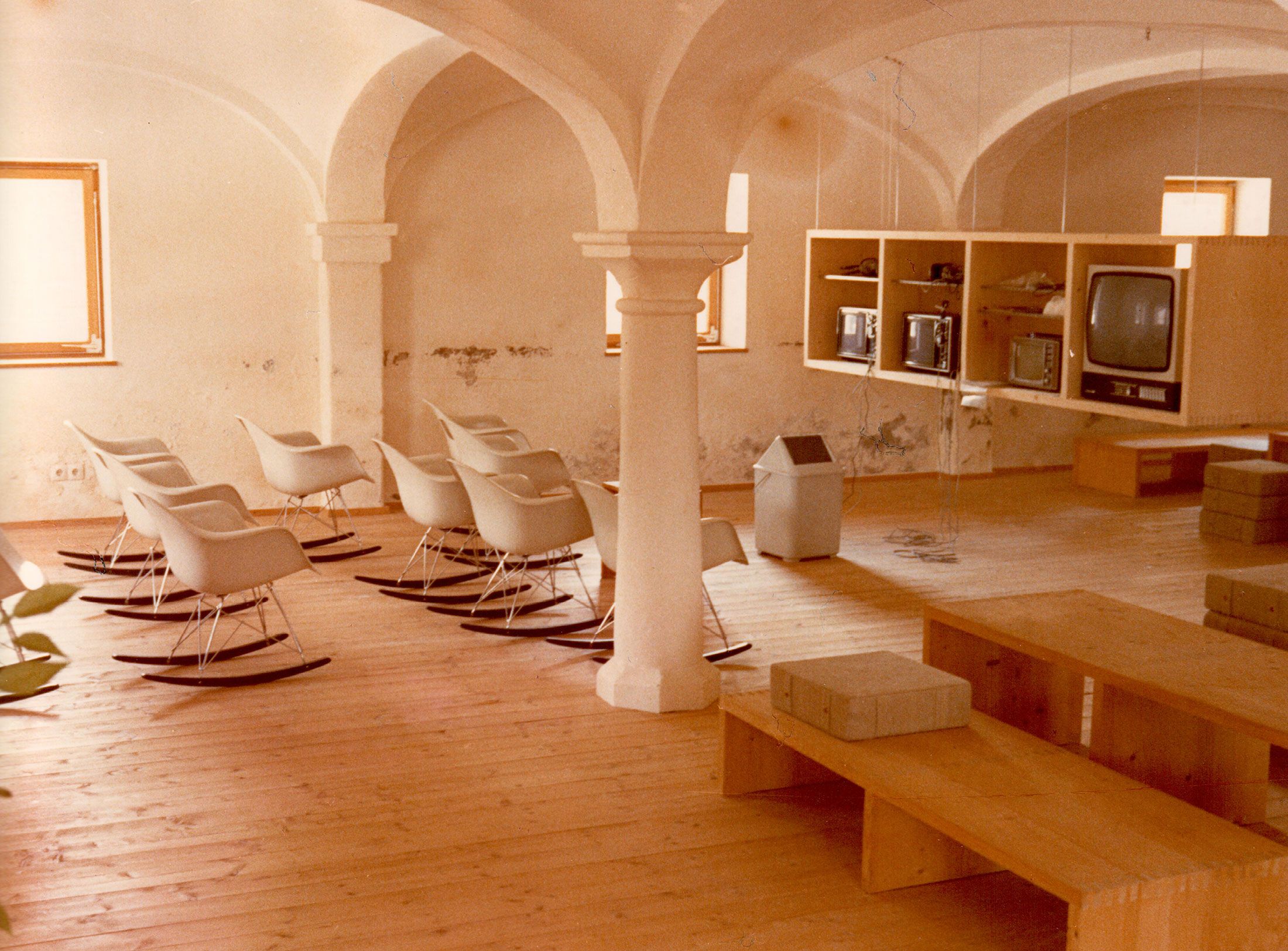
A Broadcast: What is his place in today’s world?
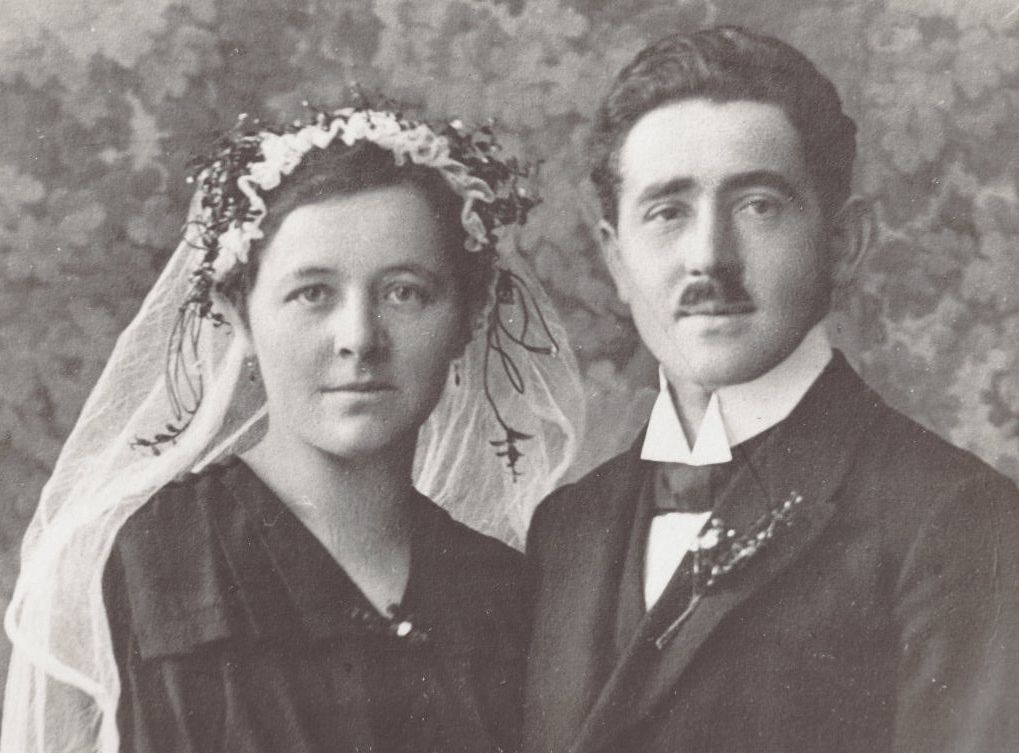
The Aichers: a brief family history.
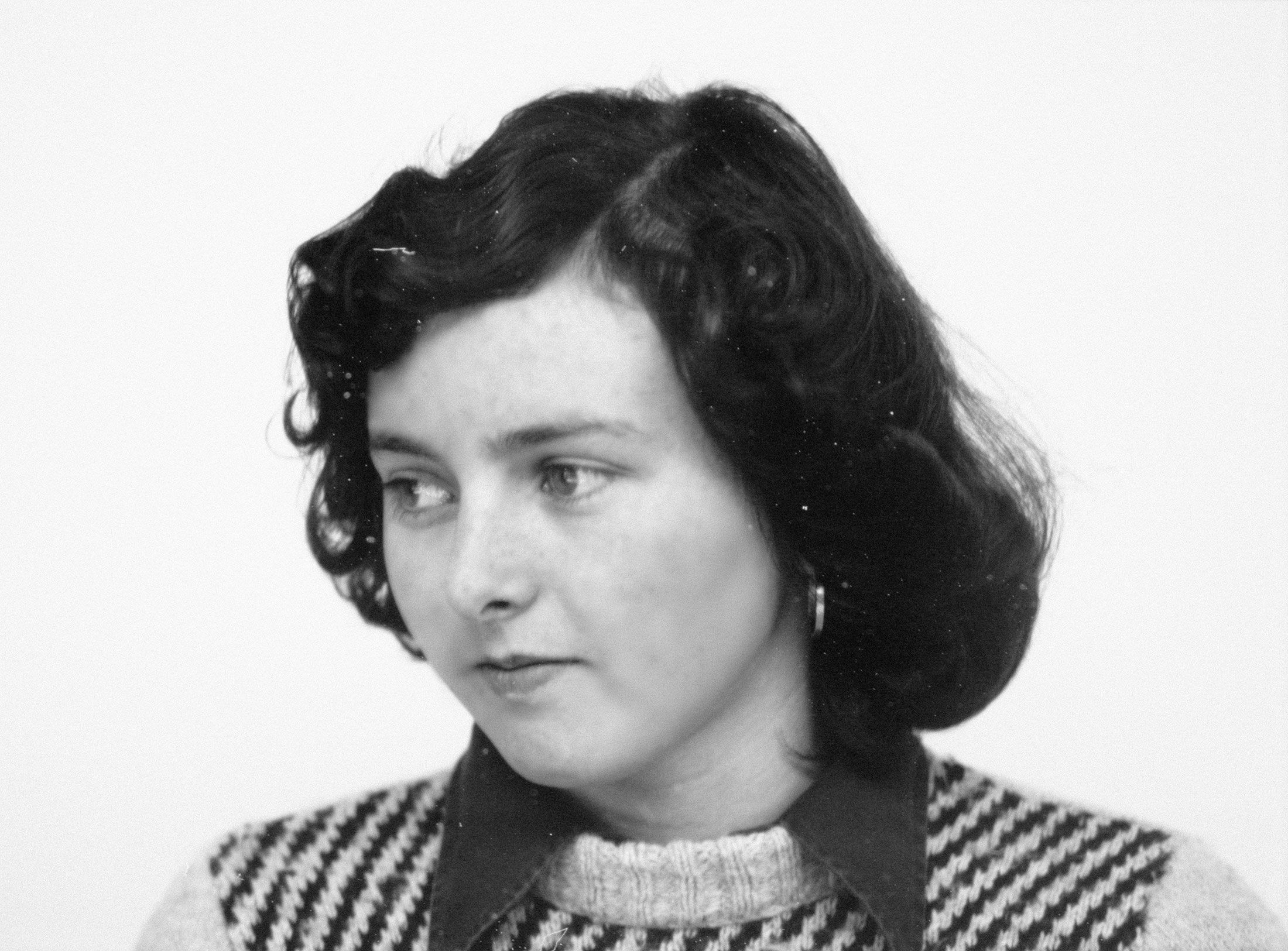
Drawing in Rotis: former Aicher co-worker Reinfriede Bettrich talks about hand sketches, the first computers and everyday life at the office.
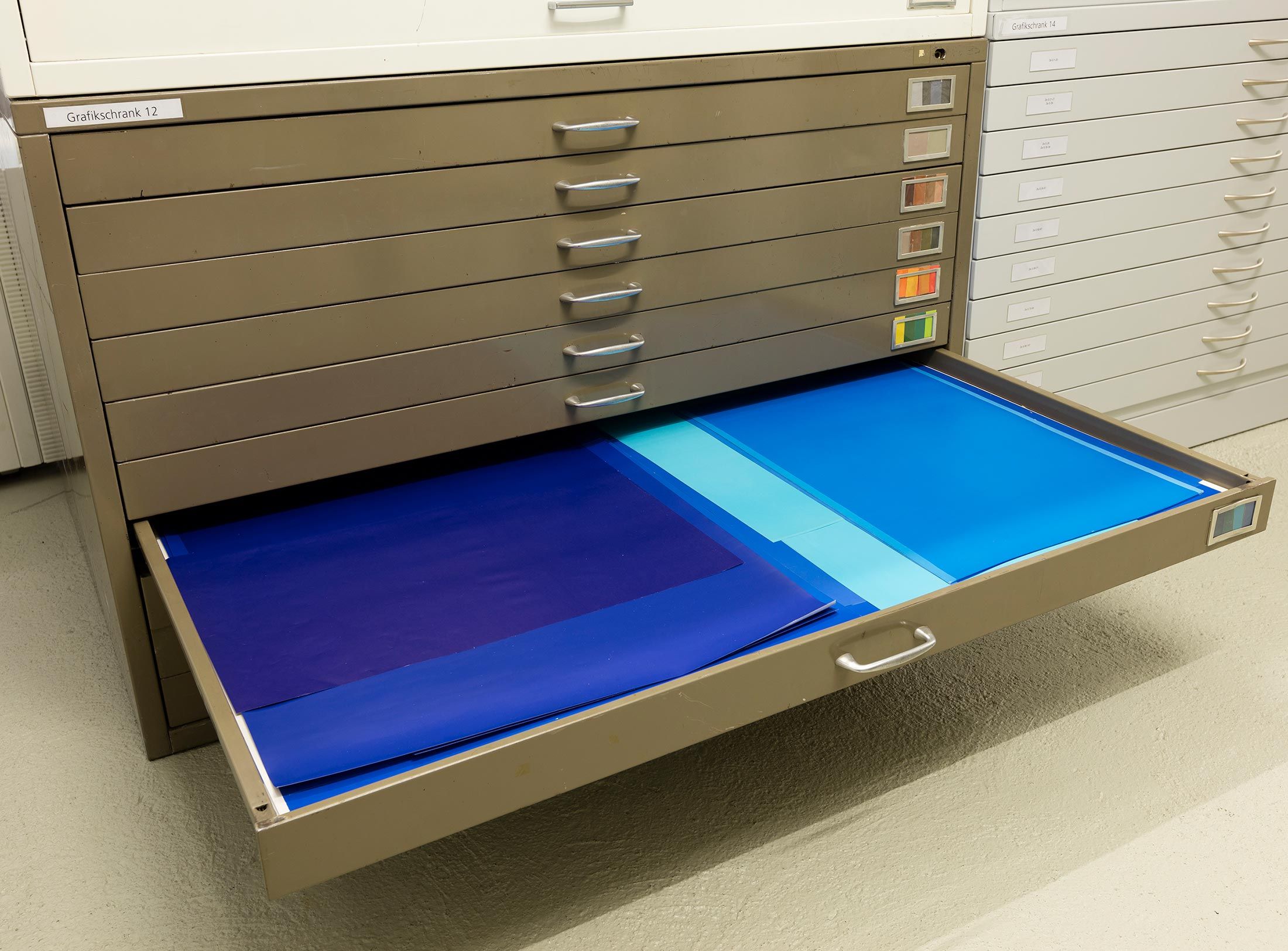
How Otl Aicher’s papers and materials came to the HfG-Archiv/Museum Ulm.
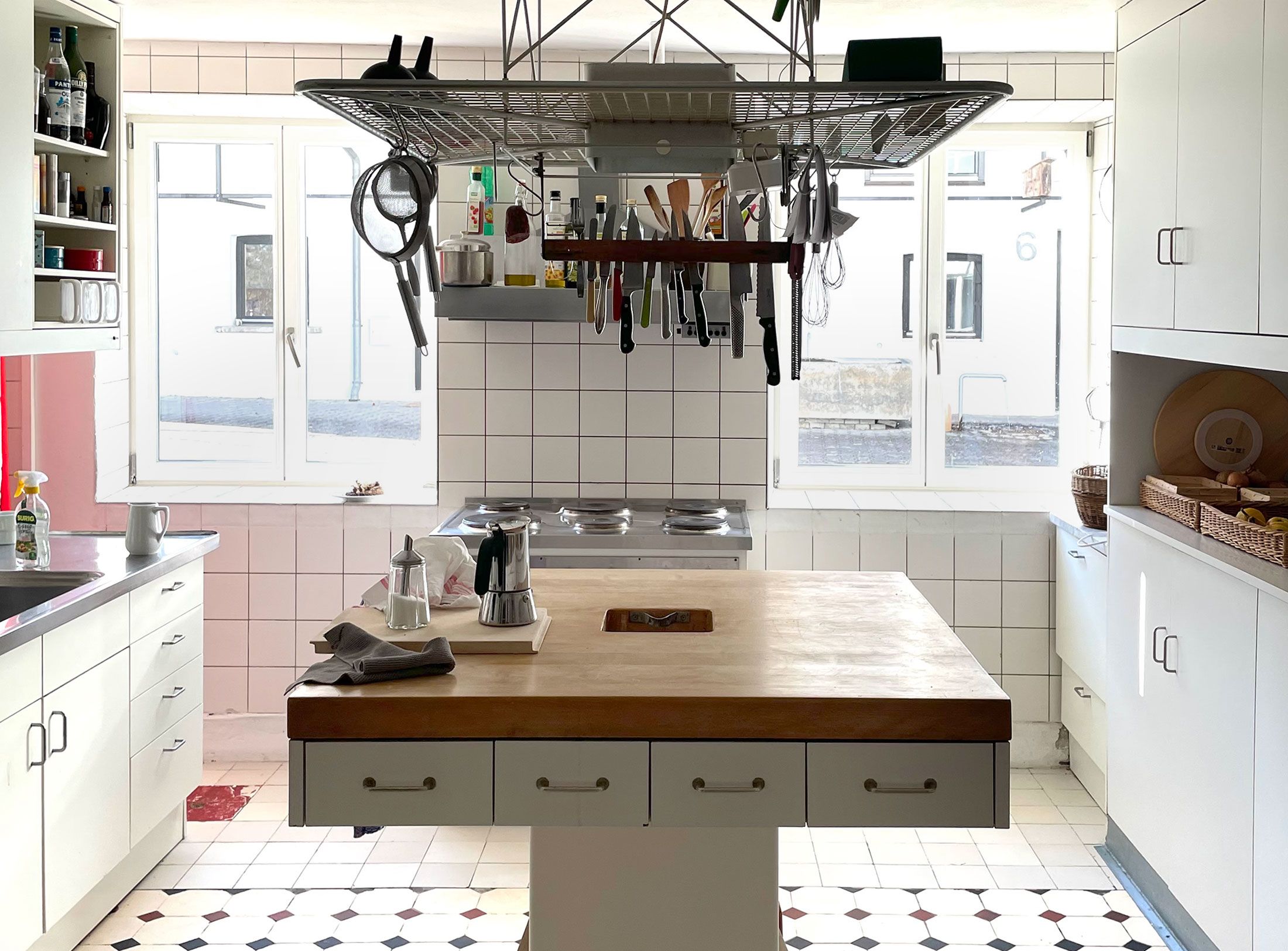
Die Küche zum Kochen (The Kitchen for Cooking) – the genesis of a book that has lost none of its relevance.
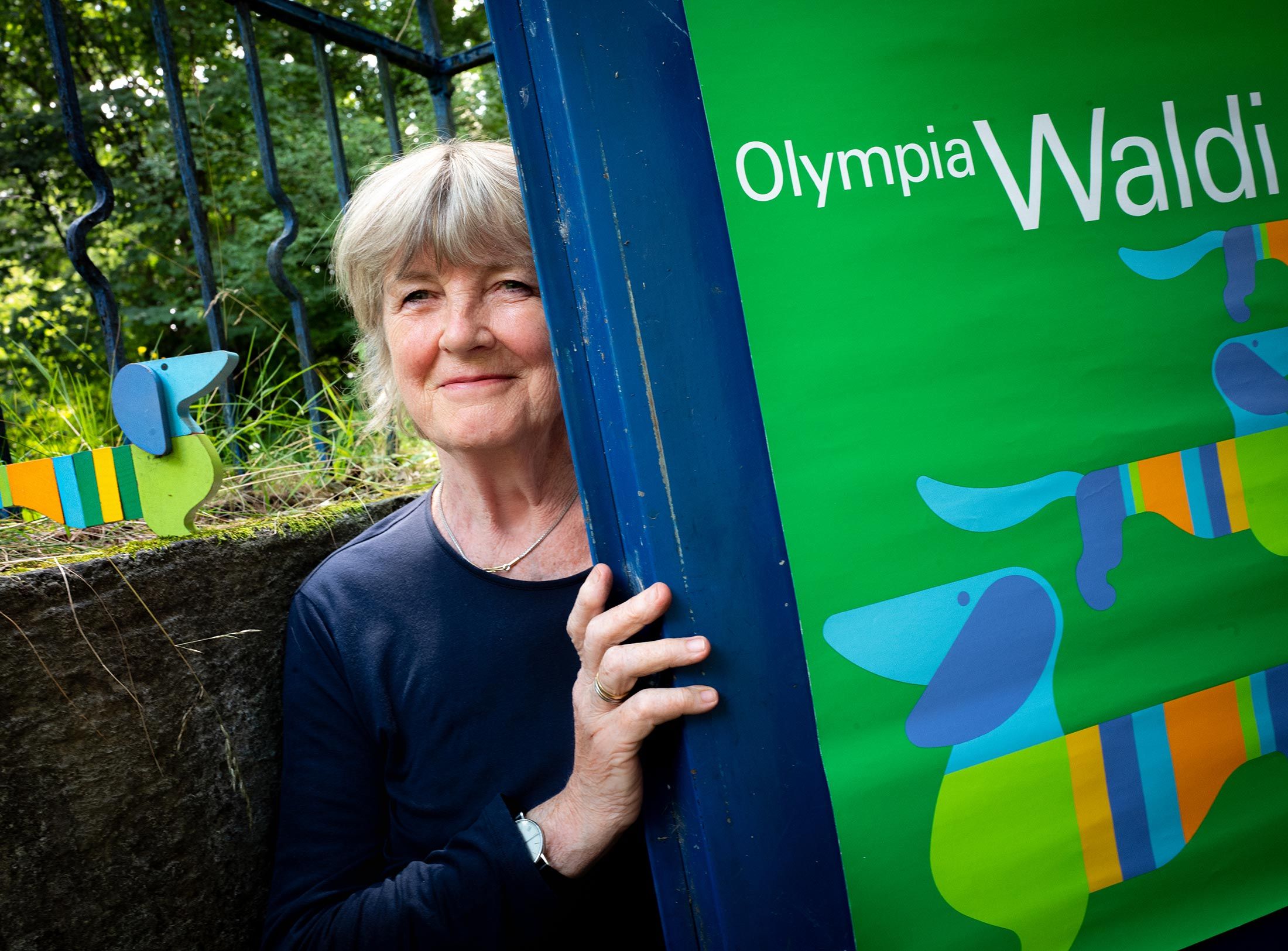
How a dachshund conquered the world: former Aicher staff member Elena Schwaiger on plush animals, fakes and the authentic mascot of the 1972 Olympic Games in Munich.
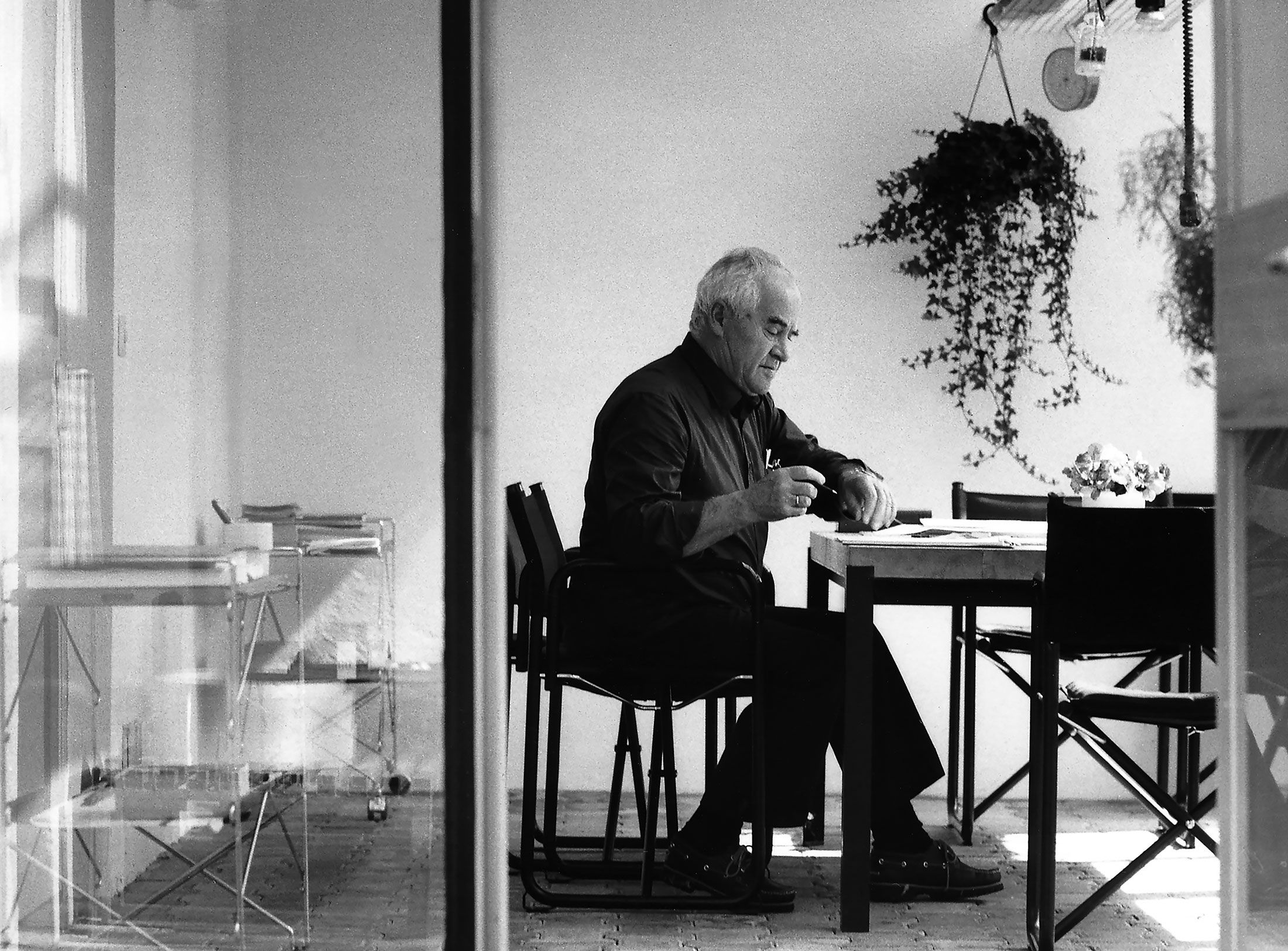
Le Violon d’Ingres or An Attempt to Defend the Writings of Otl Aicher.

Otl Aicher as the architect of Rotis.
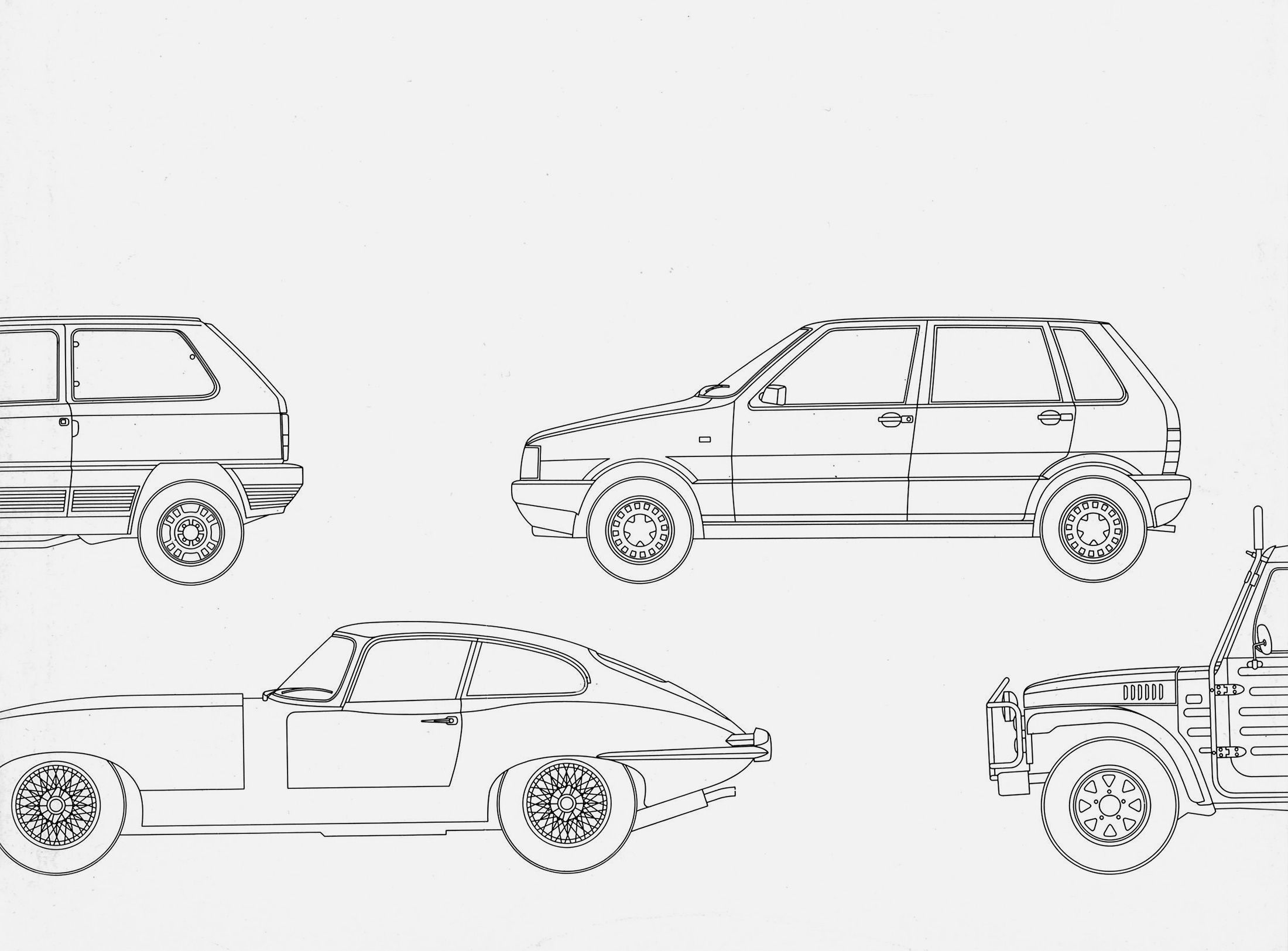
Otl Aicher and his critique of the automobile.
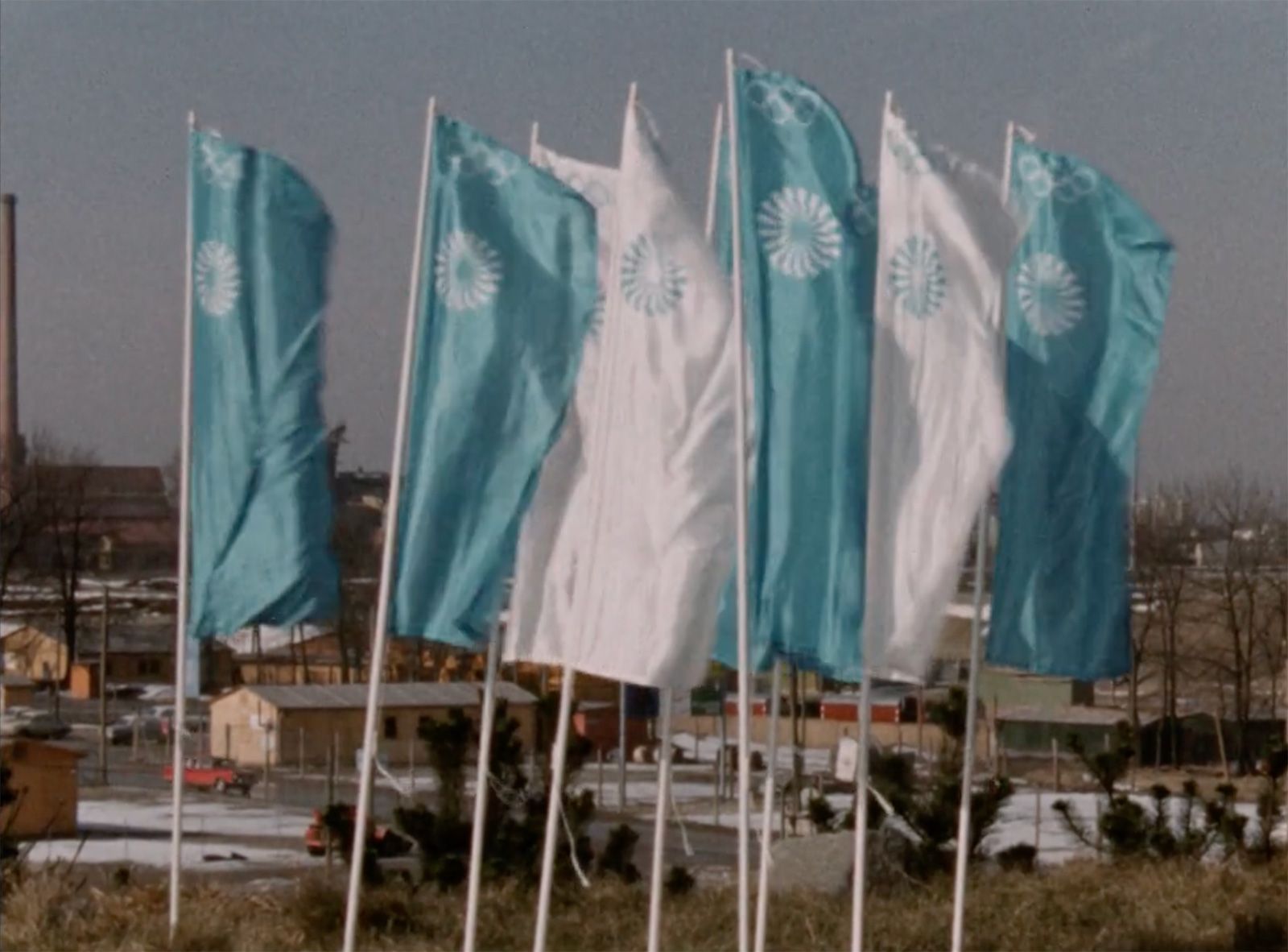
First broadcast: 15.02.1971 on Bayerischer Rundfunk, Munich (Only available in German).
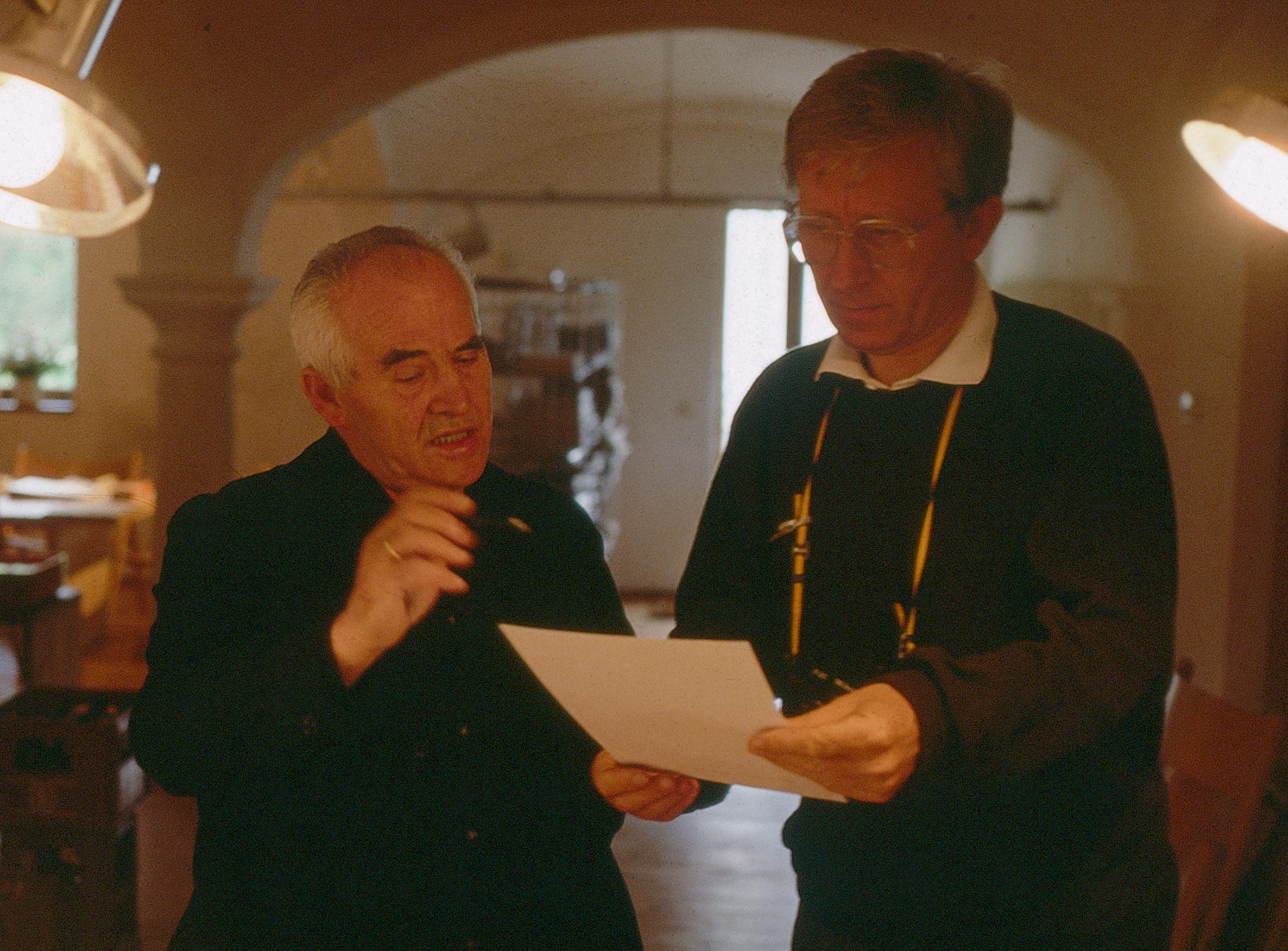
Interviewed: Jürgen Werner Braun on his collaboration with Otl Aicher.
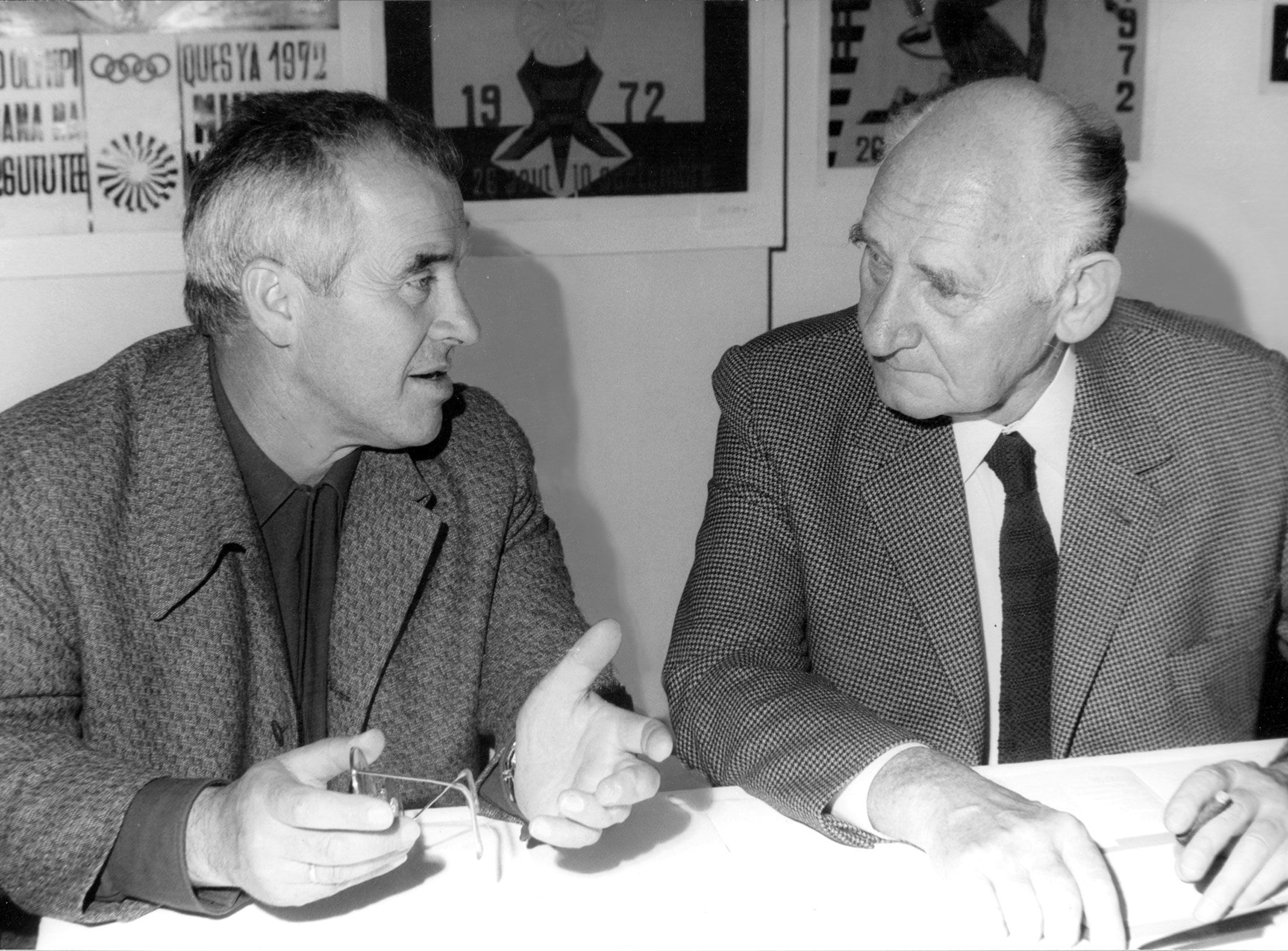
They created the signature of an epoch: designers Otl Aicher, Willy Fleckhaus, Anton Stankowski and Kurt Weidemann.

The friendship began with a failed commission: Otl Aicher was supposed to design the signage system for Norman Foster’s spectacular Hong Kong and Shanghai Bank. For “all kinds of political reasons”, as Foster admitted, the collaboration did not materialise. Nevertheless, contact between the architect from London and the designer from Rotis deepened. Otl Aicher quickly became a “good friend, mentor and working colleague”. Together, they gave the underground in Bilbao a modern face; the architect designed the stations, the graphic designer the orientation system. Aicher also developed a convincing design for the complete publication of Foster’s works. Foster returned the favour after his friend’s death – he published the English-language edition of Aicher’s essays in January 1994: “There is an integrity about the way that Otl lived, practised and preached”, wrote the British architect, full of appreciation, in his preface.
Do you remember your impressions when meeting him for the first time?
He was an individual of great integrity, he had a mischievous sense of humor, he had the ability to use a pen or a pencil and immediately, with great economy of line, summarize an object, an individual, he had an extraordinary graphic skill and a very keen eye.
Did you like him right away?
Absolutely! I was immediately drawn to him. I mean it was one of those spontaneous, almost infectious relationships.
At Zollverein: Architect Foster leads designer Aicher through the converted former boiler house of the coal mine in Essen in 1989. © Rudi Meisel
At Zollverein: Architect Foster leads designer Aicher through the converted former boiler house of the coal mine in Essen in 1989. © Rudi Meisel
According to Foster's plans, the rooms for the North Rhine-Westphalia Design Centre were created in the former colliery building. A little later, in 1990, Aicher designed the logo in the form of a red dot for the Design Centre. © Rudi Meisel
You travelled to Rotis several times. What comes to mind when you think about Rotis?
I think about very harmonious relationship between a period house, a historic house which is very typical of the region, and then these new buildings which displayed Otl’s skill as an architect. He never professed to be an architect, he never pretended to be an architect but in his actions as a designer he was a true architect. The buildings were very elegant, almost like a manifestation of his personality, they had an honesty, a directness, an economy, an elegance. They were part of a creative environment that Otl created around him. There was a sense of celebration about Otl. When the first snow fell in winter, there would be a spontaneous celebration, he enjoyed the festivity of the rituals, of savouring a good wine, a simple, honest, high quality food. There was an elegance about everything, the daily acts of life, he elevated them to give them a kind of nobility.
Foster and Aicher were both passionate about bicycles. They were particularly taken with the small, manoeuvrable Moulton Bicycles.
Foster and Aicher were both passionate about bicycles. They were particularly taken with the small, manoeuvrable Moulton Bicycles.
Foster (left) rides ahead. Otl Aicher and Inge Aicher-Scholl look on. © Norman Foster Foundation, Madrid
As you have already mentioned, your relationship was intense and you were close friends and also professional collaborators – what was it what you could learn from each other?
When I travelled to Leutkirch with a colleague, I always said we would leave wiser after the visit. I always learned something from Otl, even if it was how to peel an onion. It’s difficult to describe, it was an intellectually and visually creative relationship.
And what could he have learned from you?
That I couldn’t say. That would be presumptive on my part.
Exchange between Rotis and London: When Foster was awarded the contract to develop the architecture of the stations and the design of the Bilbao Metro, he brought the German graphic designer Otl Aicher into his team. © Rudi Meisel
Exchange between Rotis and London: When Foster was awarded the contract to develop the architecture of the stations and the design of the Bilbao Metro, he brought the German graphic designer Otl Aicher into his team. © Rudi Meisel
Foster and Aicher exchanged ideas regularly. Aicher's tasks included designing a comprehensive signage system and logo for the new means of transport in the Basque city's capital. © Ian Lambot
But he never referred to anything that he found enriching in the conversations with you?
I think that perhaps his visualizations of some of the structures in our projects indicated that he had a respect, as a designer, for the way in which I would reveal the structure of the building and the integrity of that structure by expressing it. And perhaps again the word integrity, whether in the way Otl would communicate the values of an object or an enterprise and give it visual identity. So perhaps there is a common thread that weaves through that.
Homage to a friend: Norman Foster - as Aicher saw and sketched him. © Florian Aicher
Aicher skillfully sketched the architect with just a few strokes. © Florian Aicher
Immediately in the picture: Aicher friend Foster. © Florian Aicher
Do you think the collaboration with him and the insights you gained, did that influence your work as an architect?
I think that we are all privileged to meet individuals who in different ways become our mentors. From my experience, I can say that sometimes these mentors can also become friends and soulmates. And so Otl was a mentor and a friend. And I would learn from him the integrity of type, of the way in which he might order a typeface and perhaps a visual hierarchy, the way in which a drawing could be much more powerful than a photograph, because the drawing or the sketch would be a distillation.
Is it true that Otl did not speak English very well?
Otl communicated. He didn’t need to speak English very well, he spoke it more than adequately, but he is one these rare individuals who didn’t need language to communicate.
How should one imagine your meetings?
We would communicate with words and imagery. That is very difficult to describe. Much could remain unspoken because, I would like to assume, we shared many values.
Work meeting: designer and architect and Foster's office partner Ian Lambot in London. © Rudi Meisel
When you developed projects together you had intensive periods of work. I Imagine there were a lot of discussions and also controversy. How did you settle open questions?
It is difficult to give a precise reply. There was a rapport, and sometimes this rapport was unspoken, sometimes it was spoken. Sometimes it was the exchange of a sketch, sometimes it was moving images around on a wall. It would take many different forms. It was a creative dialogue.
Did this dialogue involve more people, from your office or from Otl’s team?
From time to time, Otl would bring people from his team from time to time and I would bring people from mine, but I would say the relationship was more personal. Of course we were both dependent on teams, that is absolutely true. And I think that we both believed in team work and in encouraging creative talent in the people around us.
In 1989, Aicher collaborated with Foster and Ian Lambot on the four-volume monograph of the British master builder. © Watermark and Ernst & Sohn
In 1989, Aicher collaborated with Foster and Ian Lambot on the four-volume monograph of the British master builder. © Watermark and Ernst & Sohn
A unique architectural documentation and a prime example of book design at the same time: Aicher's opulent monograph of Foster's work. © Watermark and Ernst & Sohn
The covers already signalise that the works of a high-tech architect are gathered here. © Watermark and Ernst & Sohn
The covers already signalise that the works of a high-tech architect are gathered here. © Watermark and Ernst & Sohn
The fourth volume was also the last: After Aicher's death, the edition was not continued. © Watermark and Birkhäuser
Did Otl Aicher prefer to work with architects rather than fellow designers?
I can’t comment on that. I think that Otl Aicher was drawn to talented individuals regardless of their profession or background – individuals that were like-minded and shared his values. It could be philosophical values, it could be visual values. As an important intellectual of his time, he enjoyed the stimulation of collaboration and a kind of cross-fertilization of different skills.
"architecture", Aicher wrote about the Foster edition, "is an adventure here, an expedition. this is what the books should depict".
In order to be sure of the effect of his work, already at the design stage of his books, Aicher sketched each page down to the last detail.
"architecture", Aicher wrote about the Foster edition, "is an adventure here, an expedition. this is what the books should depict".
In order to be sure of the effect of his work, already at the design stage of his books, Aicher sketched each page down to the last detail.
For the presentation of the first volumes of the Foster work edition, the publishers Ernst & Sohn and Watermark presented a brochure documenting the design process on 8th June 1989. Fabian Wurm Collection
These double pages are dedicated to the Sainsbury Centre for Visual Arts in Norwich/England, which Foster designed in 1974 and realised until 1978. Aicher's first scribbles. © Watermark and Ernst & Sohn
These double pages are dedicated to the Sainsbury Centre for Visual Arts in Norwich/England, which Foster designed in 1974 and realised until 1978. Aicher's first scribbles. © Watermark and Ernst & Sohn
First layout proposals for the double-page spread of the Sainsbury Centre for Visual Arts. © Watermark and Ernst & Sohn
The World as Design: Foster edited the English-language edition of Aicher's essays in 1994.
The volume contains glosses, essays, and digressions on design and architecture.
Showing what architecture can be "designer and engineer working closely together."
Norman Foster is one of the most internationally successful architects of our time. He began his architectural studies in 1956 at the School of Architecture and City Planning at the University of Manchester. With the help of a scholarship, he was able to complete his studies in 1962 with a Master’s degree at Yale University in New Haven (Connecticut). There he met Richard Rogers, Su Brumwell and his later wife Wendy Cheesman; together, the four fellow students founded the architecture firm Team 4. In 1967, Foster and Cheesman launched Foster Associates in London, a studio that is still active today under the name Foster + Partners with over 700 employees worldwide. In 1990, Foster was knighted by Queen Elizabeth II. His best-known projects include the Hong Kong & Shanghai Bank Building (1980), the conversion of the Reichstag in Berlin (1994), The Gherkin in London (2003) and Apple Park in Cupertino, California (2013). He had a long-lasting friendship with Otl Aicher; the communication designer designed Foster’s catalogue raisonné. Foster uses Aicher’s graphic and design measures in his plan representations.
Jasmin Jouhar is a freelance journalist and presenter. She specialises in topics from the fields of design and architecture. Her clients include popular media such as the “Frankfurter Allgemeine Zeitung” and the magazine “Schöner Wohnen”, as well as trade publications such as “Baunetz Interior” and the publishing house Form. She also advises companies in the design industry and supports them in their corporate publishing activities. For many years, she was the editor responsible for young design at the magazine “Design Report”. Her current publications include a book on the FSB 1144 lever handle by Jasper Morrison.

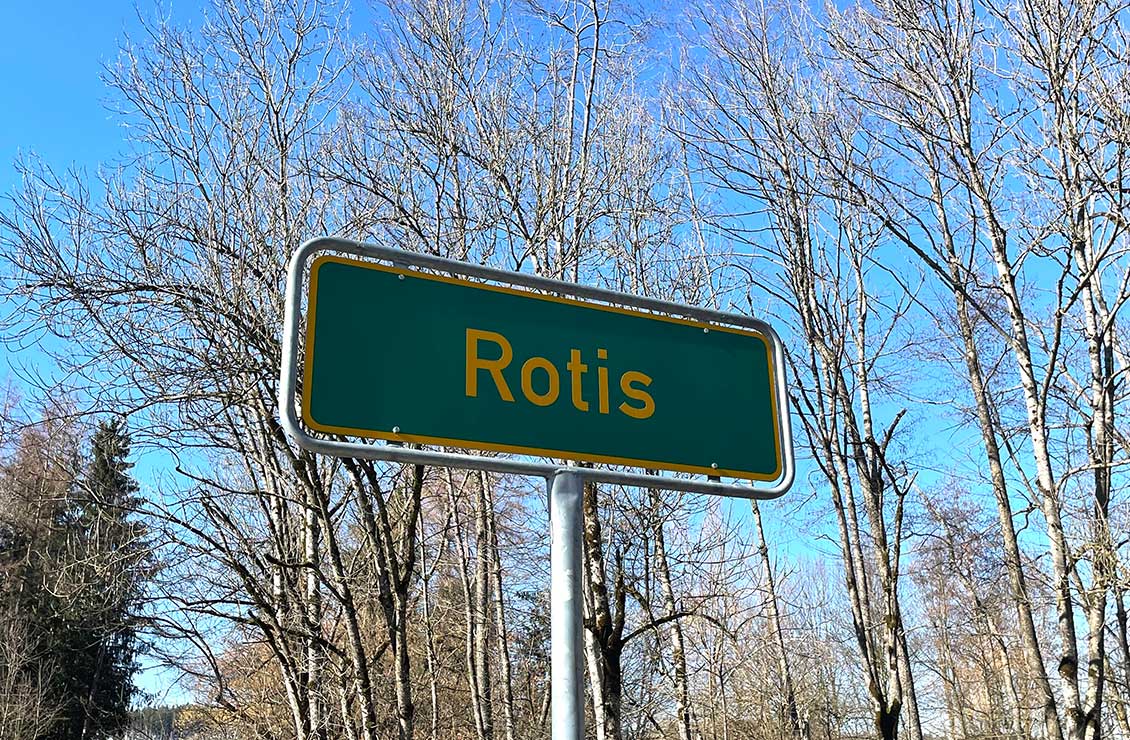
What’s become of Otl Aicher’s former abode? A visit to the Allgäu.

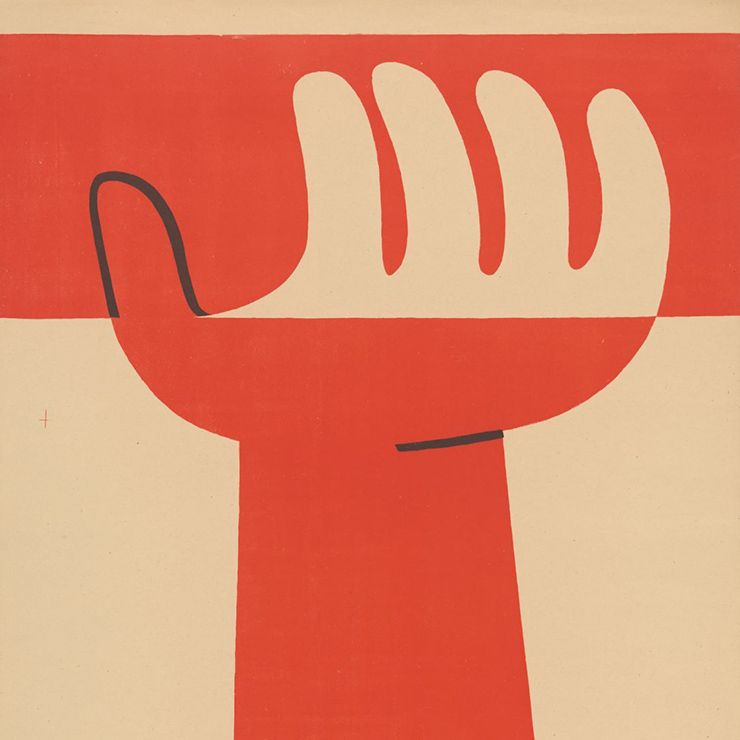
Otl Aicher’s Poster displays for the Ulmer Volkshochschule (Ulm Adult Education Centre).

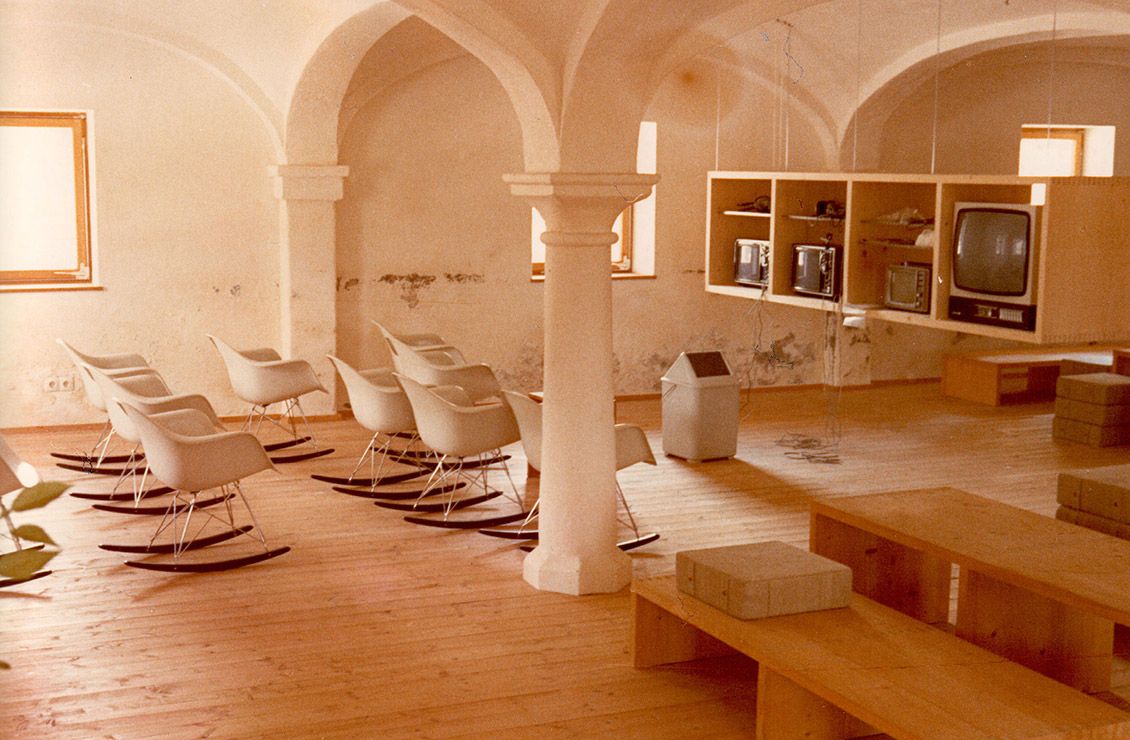
A Broadcast: What is his place in today’s world?